This Is What Famous Historical Figures Would Look Like Today
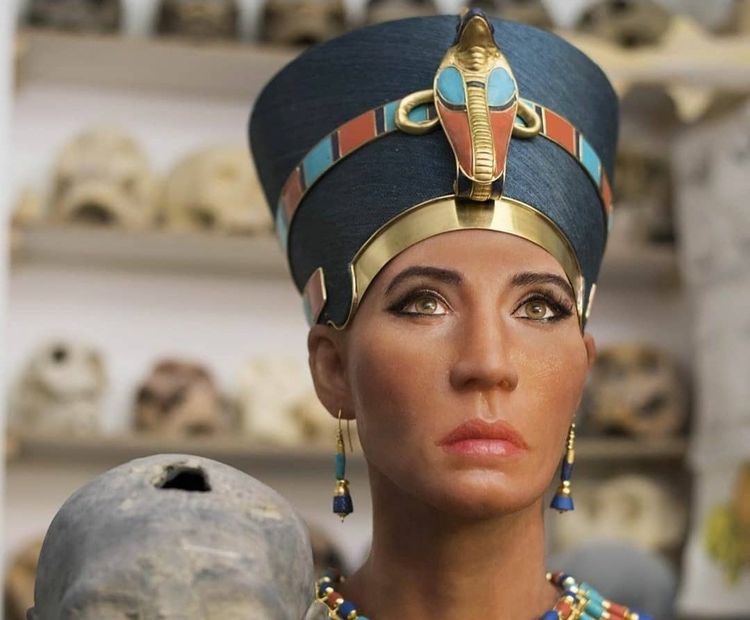
Many of us are fascinated with prominent historical and political figures– their work, their lives, and especially their appearances. While we have the privilege of viewing paintings and historical photographs, we’re often still left wondering what these people might look like today.
Imagine a world governed by Julius Caesar, or to be present in a room with Cleopatra. Thanks to the help of some amazing artists and a bit of technological genius, realistic portrayals of some of our most beloved historical figures are no longer frozen in time. This is what history’s most famous faces might look like if they were alive today…
King Tut
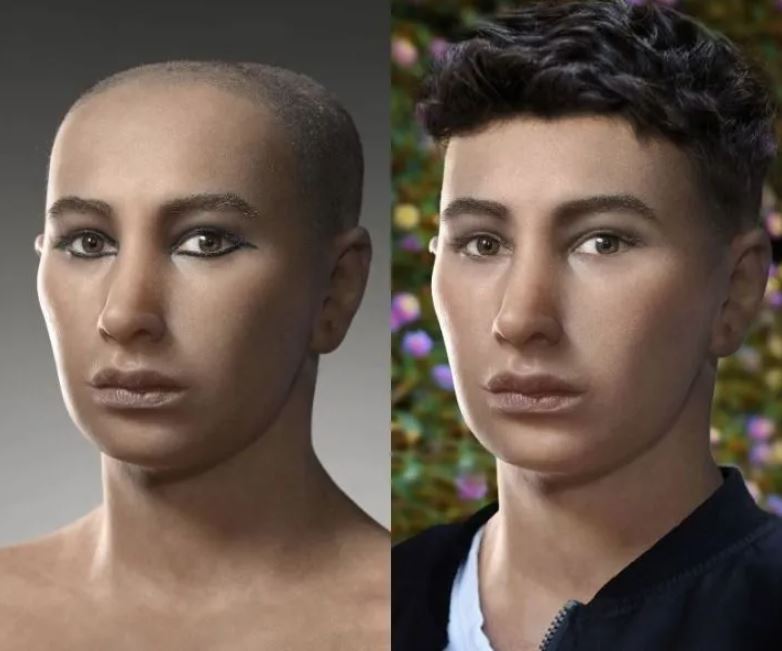
King Tut was one of the most recognizable figures of the 18th Egyptian dynasty, holding the keys to Egyptian money and influence from 1332 to 1323 B.C. He only ruled for a decade, but the discovery of his completely intact tomb in 1922 elevated him to the world’s best-known Pharaoh, and artifacts have been showcased around the world.
King Tut owes his youthful countenance to the fact that he started ruling at age 10 and died at the young age of 19, most likely as a result of a struggle with malaria. Side-by-side comparisons show an innocence in his eyes, with enviable thick black locks reminiscent of a young pop star.
Benjamin Franklin

Benjamin Franklin was one of America’s first scientists, inventors, politicians, and philanthropists all rolled into one. He also has the unique distinction of being the only Founding Father who signed all three documents of the Charters of Freedom, which includes the Declaration of Independence, the Constitution, and the Bill of Rights, the emancipation documents that released America from British control.
This distinguished and dapper fellow founded a number of civic organizations during his life and career, including the University of Pennsylvania. Were he to be a part of today’s political scene, he’d no doubt have significant legal and political influence in Washington.
Alexander Hamilton

Alexander Hamilton was also one of the Founding Fathers of the United States, but anyone who has heard of the Broadway show Hamilton likely knew that. He played a critical role in the drafting of the Constitution, and he can be credited with the inception of the financial system we have in place today.
He accomplished a great deal in the 47 years he lived before being killed in the famous duel by Aaron Burr. His short life was full of romantic affairs, conspiracy, and drama. His “silver fox” appearance in his modern likeness leads us to believe he would have made quite an impact in this century as well.
Julius Caesar
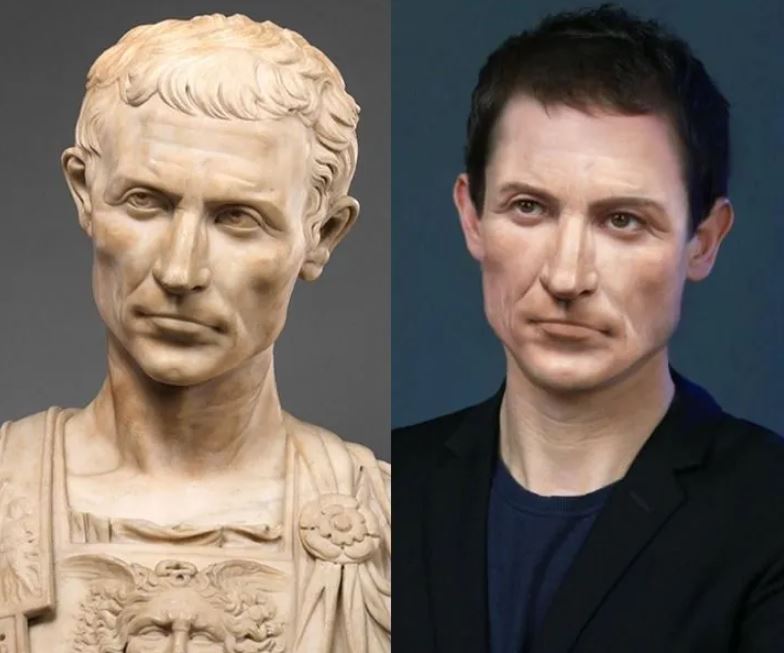
A member of the First Triumvirate, Julius Caesar led the infamous Roman armies in the Gallic Wars, governing his Roman Republic into essentially a dictatorship until his eventual assassination in 44 BC. During his short reign, he played a pivotal role in events that led to the rise of the Roman Empire.
Several statues and busts created during and after his reign depict Caesar as a strong-willed man with prominent features and a piercing stare that inspired both terror and obedience. Artistic portrayals in recent years expertly capture the air of authority and power that he had.
Pocahontas
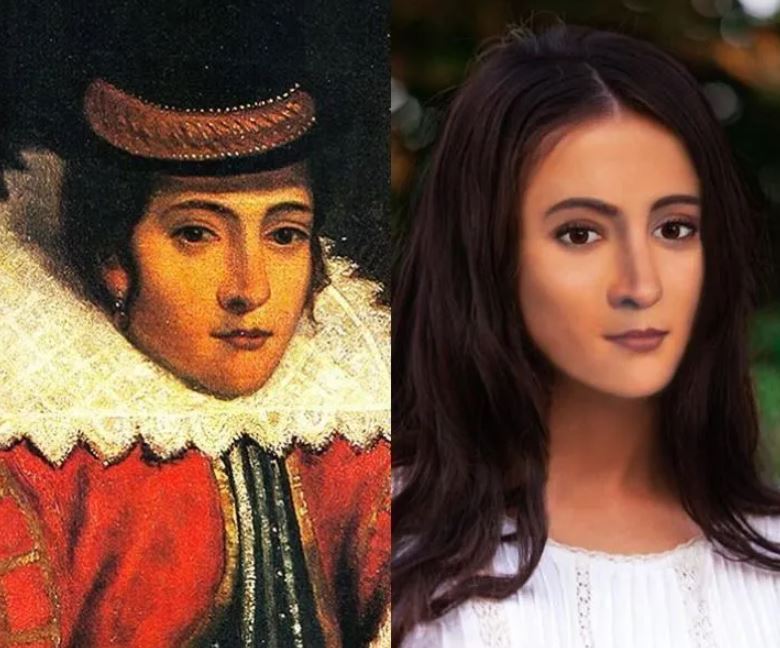
Pocahontas was a Native American ambassador born around 1595. She was the daughter of Chief Powhatan, but rose to prominence through her involvement with the Jamestown colony settlers and her peace-making efforts between the two groups.
Despite the connection that the eponymous Disney movie shows between her and John Smith, it was actually John Rolfe who she ended up marrying. Though it does seem that she took some live-saving actions that spared John Smith. She sadly died at the age of 21.
Abraham Lincoln

Abraham Lincoln came from humble beginnings in Springfield, Illinois, but rose to greatness on his own merit and integrity. He was a self-taught man who became a lawyer, legislator, and vocal advocate of civil rights.
He became the 16th President of the United States shortly before the outbreak of the Civil War in 1860, and was famously assassinated at the hands of John Wilkes Booth in 1865, just after the war ended. With a passion for service and a heart for people, he is regarded as one of the greatest Presidents in United States history.
Mona Lisa

The Mona Lisa is a timeless, famous portrait painted by artist Leonardo DaVinci. Just who is the mystery woman behind the painting, however? She was the wife of Francesco del Giocondo, a courtly lady in her time. Her smile suggests secret happiness, and many flock to the Louvre in Paris to see if they can figure out the cause of her amusement.
While we doubt that a modern-day sighting of this well-recognized beauty would have her sporting the same Florentine fashions, there’s no doubt we’d catch a glimpse of that well-known expression if we were to see her on television or in film, as she strikes us as a natural performer.
Alexander The Great

Alexander the Great may be one of the greatest political and military geniuses the world has ever known. Equal parts charismatic and downright ruthless, by the age of thirty, he had created the largest army in history, achieving unprecedented military and political power.
Ancient documents consistently report that the Macedonian conqueror had a condition called heterochromia, where the eyes are different color. The handsome rule died at the age of 33 in Babylon, the city he intended to establish as his capital.
Aristotle
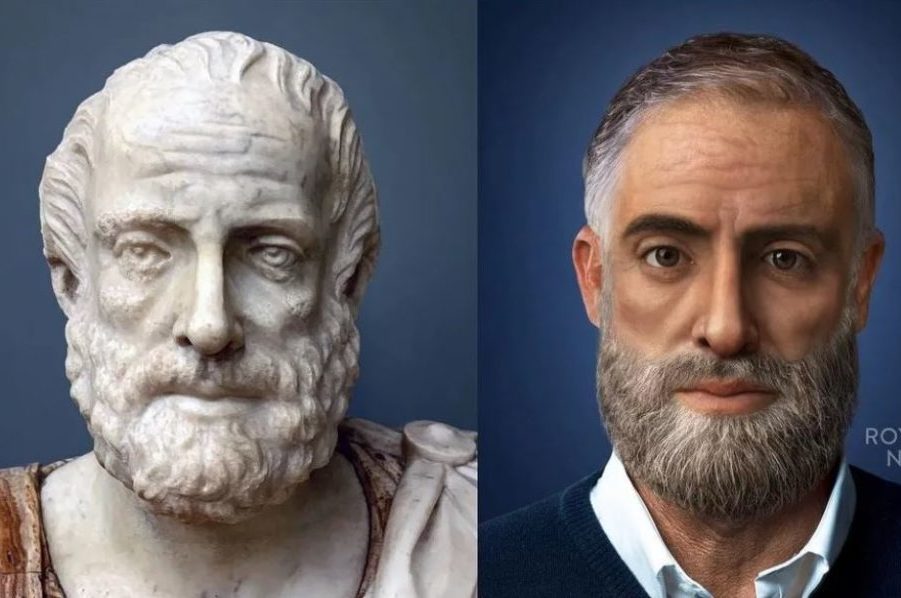
One of the fathers of philosophy, the GreekAristotle made a significant and lasting impact to every aspect of human knowledge, from logic and biology to ethics and the arts. While he might have been overshadowed by his famous teacher Plato, his enlightened works stand as brilliant writings that changed the subject forever.
His past and present likeness convey a man who spent most of his time deep in thought. As someone with brilliant utterances that he shared with anyone, this almost other-worldly genius likely would have a huge following today.
Queen Elizabeth I

Queen Elizabeth I was the daughter of the volatile King Henry VIII, through his second wife Anne Boleyn. After her mother’s untimely death at the hands of her father, Elizabeth’s rise to Queen of England and Ireland became significantly more precarious as she fought diplomats and family members alike for power.
During her reign, she became known for religious and political tolerance, preferring peace with potential adversaries rather than conflict. Her striking red hair and porcelain skin, makes an impression on both historical portraits and with her modern presentation.
Anne Boleyn
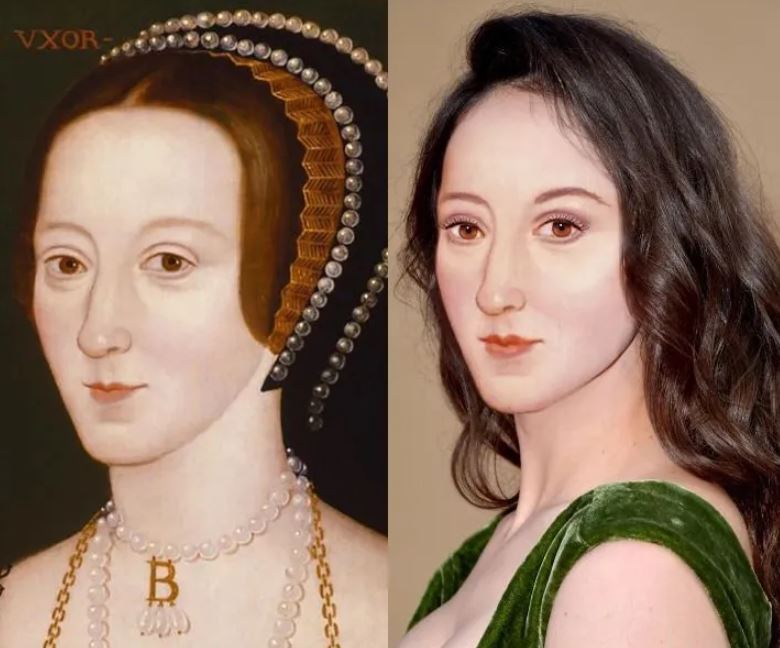
Anne Boleyn was Queen Elizabeth’s mother, and was the second wife of the notorious King Henry VIII of England. She earned the attention and romantic favor of King Henry VIII, who was married to Catherine at the time.
After some failed pregnancies and the birth of a daughter and not a son, Henry tired of Anne and had their marriage annulled. She was famously convicted of adultery and sentenced to death by Henry when Elizabeth was only two years old. She was portrayed by actress Natalie Portman in the 2008 film The Other Boleyn Girl.
Henry VIII

King Henry VIII was famous for a having a volatile personality, particular regarding his romantic and familial relationships. He ruled England with an iron fist from 1491-1547, bringing about seismic religious change through the Protestant Reformation as a result of his demanding an annulment from wife Catherine Aragon.
Though modern-day portrayals of Henry show a mild-mannered, calm demeanor, it would be wise for the ladies to steer clear of a contemporary dating profile set up by the tyrant. As two of his wives could attest to, when he tires of you, there’s no telling how he’ll choose to end the relationship.
Nefertiti

Nefertiti stands as one of the most powerful and influential women of her time. Together with husband Akhenaten, Egypt’s most notorious beauty reigned during a time of great prosperity for Egypt. Some historians even claim that she took over rule under the pseudonym, Neferneferuaten after her husband’s death, before the ascension of King Tut.
She is regarded as one of the most beautiful women throughout history, her ancient bust found in the tomb of Akhenaten became the gold standard of feminine power for decades after its discovery. Her modern-day portrayal is equally as impressive, and she’d likely turn a few heads if found on the city streets of today.
Emperor Augustus

Emperor Augustus was the nephew of the great Julius Caesar and was taken under Caesar’s tutelage when he was very young, training him for both military and political achievements. Upon Caesar’s murder at the hands of other senators, Augustus returned to Rome to claim the throne he believed was his.
After some tense conflict between Mark Antony, Caesar’s assassins Brutus and Longinus, and himself, Augustus eventually won over Caesar’s entire military and the loyalty of thousands of grateful Romans. His reign ushered in a peaceful time in the Roman world, known as Pax Romana.
Napoleon

Napoleon Bonaparte was a military leader and emperor who conquered a large portion of Europe in the early 19th century. His rapid rise through military ranks during the French Revolution made him a feared force to be reckoned with, despite his relatively-small stature.
Eventually surrendering to British forces, he was forced into exile on the island of St. Helena, living out the rest of his years. Perhaps he would have made a name for himself in today’s political scene too, with an air of aristocracy and entitlement that few have matched.
George Washington
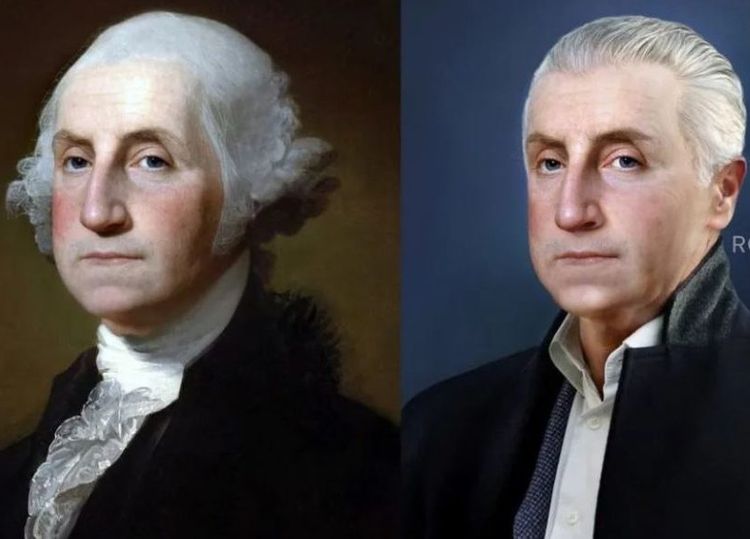
Probably the most famous per on this list, George Washington was the first President of the United States. His role as a general in the American Revolution paved his way to the Oval Office. His leadership ability during the war against England helped solidify his reputation as a man who could bring people together under his strong character and morals.
Despite initially turning down the invitation to be the nation’s first President, Washington eventually gave in and accepted the responsibility. His mindful creation of the Presidency’s policies, such as the limit of powers and the precedent of not having more than two terms, are still in place in America today.
Mary Queen Of Scots
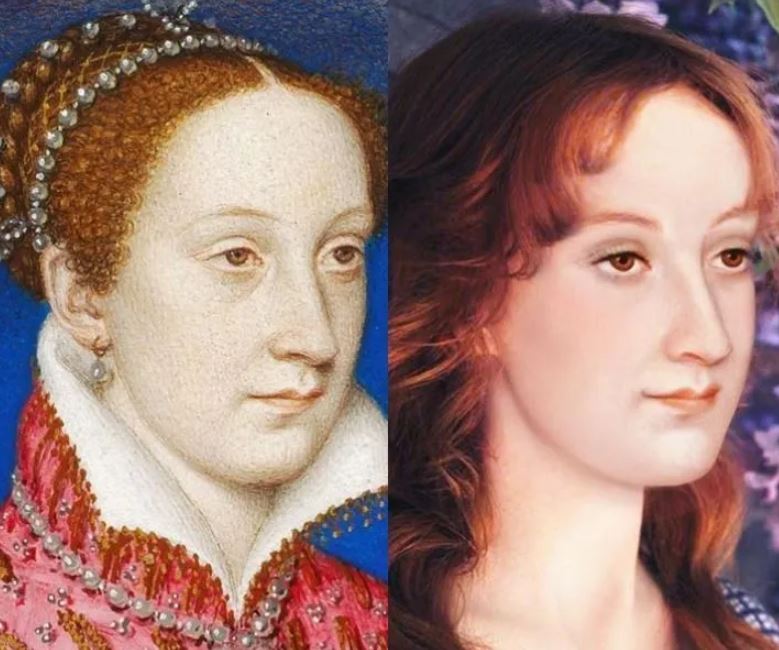
Mary Queen Of Scots has the unique distinction of being the youngest Queen on this list, as she was crowned as Queen of Scotland when she was just six days old. The only surviving child of King James V, Mary spent her life ensuring that she remained in a position of power.
Her past is riddled with alleged deviousness, marrying the man who was suspected in killing her first husband, Henry Stuart. After an uprising in Scotland, she sought the protection of her cousin Queen Elizabeth I. Having previously tried to take the throne from Elizabeth, she was imprisoned, and eventually beheaded.
Caligula

Caligula ruled as the third Emperor of the Roman Empire. His political and personal history of carnage is exceeded only by his infamous nephew, Emperor Nero. His eccentricities and fiscal excesses made him quite unpopular, ultimately leading to his assassination.
Caligula has become synonymous with brutality and utter chaos. It’s possible that his cruelty was related to a hot-headedness due to his age, much like the character Joffrey in Game of Thrones, but a serious illness was most likely responsible for his erratic behavior and violent tantrums, leading to his death at the hands of his own council members at age 25.
Cleopatra

Cleopatra was a female powerhouse who ruled Egypt, with her younger brothers and finally with her son for nearly three decades. Regarded as brilliant and well-educated, she was the perfect combination of beauty and cunning, persuading many to form alliances that benefitted her throughout her long reign.
From a very young age, Cleopatra was embroiled in political upheaval and betrayal that inspired many to stay on guard. Her cunning collaboration with Julius Caesar gave her influence within the Roman Empire, forever imprinting her within ancient history. Though her famous bust depicts strong masculine features, a more modern portrayal of the brilliant beauty shows a softer side of her that is still quite powerful.
Ludwig van Beethoven
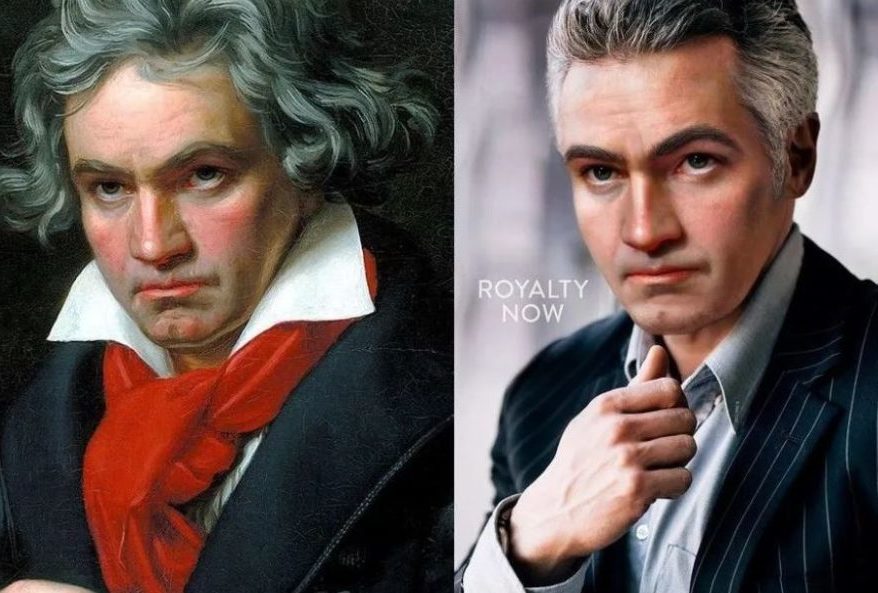
Ludwig van Beethoven overcame incredible personal obstacles to become one of the most famous and well-respected musicians of all time. His father began his training, later passing him off to composer and conductor Christian Gottlob Neefe, who helped shape his musical aspirations.
Despite a struggle with ill health and deafness at the young age of 26, he still became a truly accomplished composer and musician. He rose to fame during his lifetime, composing some of the most beautiful music the world has ever seen without ever having the chance to hear it himself.
Jane Austen

Jane Austen died two centuries ago, yet her sparkling and witty literary genius lives on through her award-winning novels, Pride And Prejudice, Emma and Sense and Sensibility. Austen’s plots explore groundbreaking female roles that were ahead of their time, and encapsulate irony, realism, and social commentary that earn her critical acclaim among modern-day critics and loyal fans alike.
Considering the impact that this prolific writer on the literature, imagine if she had the chance to top the New York Times Best Seller’s list.
King Louis XIV
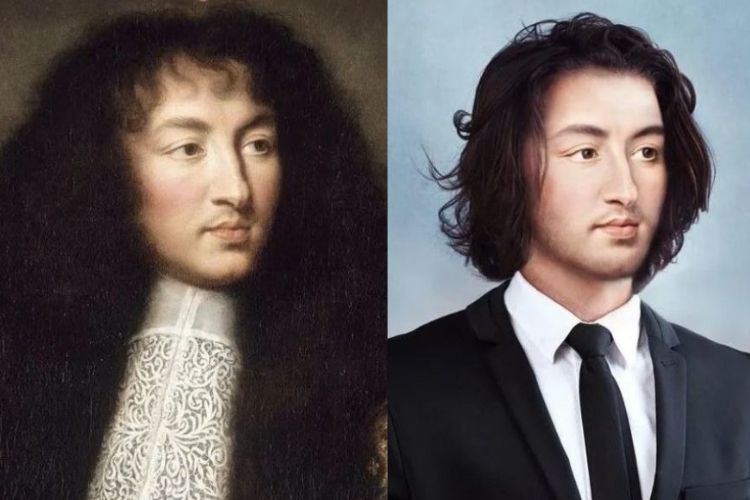
King Louis XIV of France led his country with an iron fist during France’s classical age. Aggressive foreign policies and an inability to compromise led some to believe that he was tyrannical in all his dealings.
Louis XIV’s 72-year reign is one of the longest recorded of any monarch in any country’s history, and it marks an age of absolutism demonstrated by French rule. He was nicknamed the Sun King, and it seems that he was also very into his appearance and public image than anything else. Side-by-side comparisons of past and present show an impeccably-coiffed gentleman resembling a timeless Keanu Reeves.
Marie Antoinette
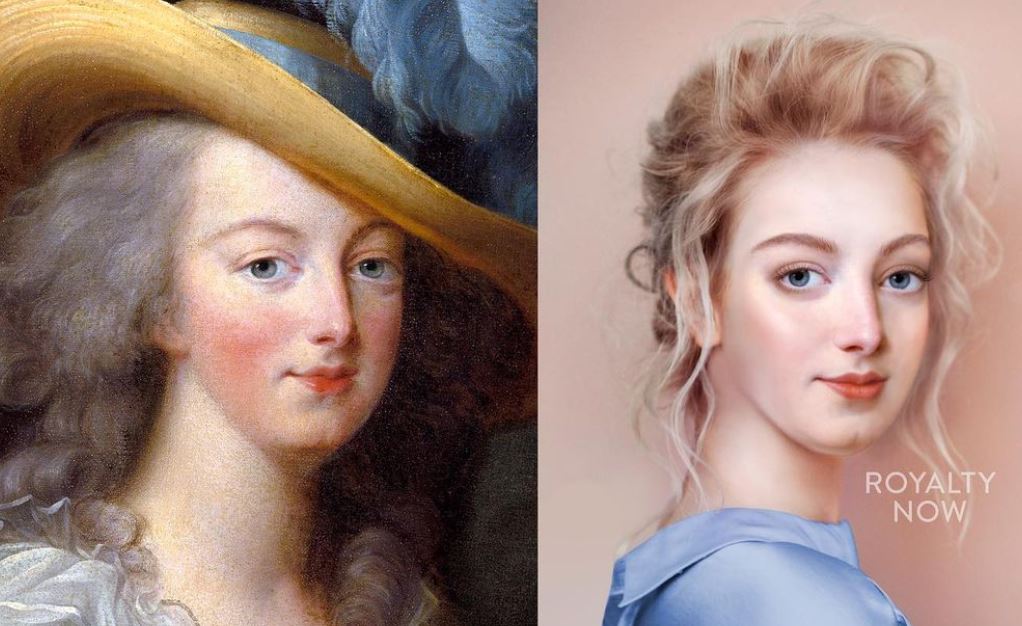
Marie Antoinette was the last Queen of France, and her spurning of the lower class led to the civil unrest of the last 18th Century, progressing to the French Revolution and subsequent overthrow of the monarchy.
She has been remembered as herself being the epitome and symbol of excess and moral degeneration. Her lack of sensitivity to citizens of a lower class is exemplified with her famous quote of “Let them eat cake.” As revolution was taking place, she and the King attempted to escape, but they were caught and executed for treason in 1793.
Catherine Parr Historically
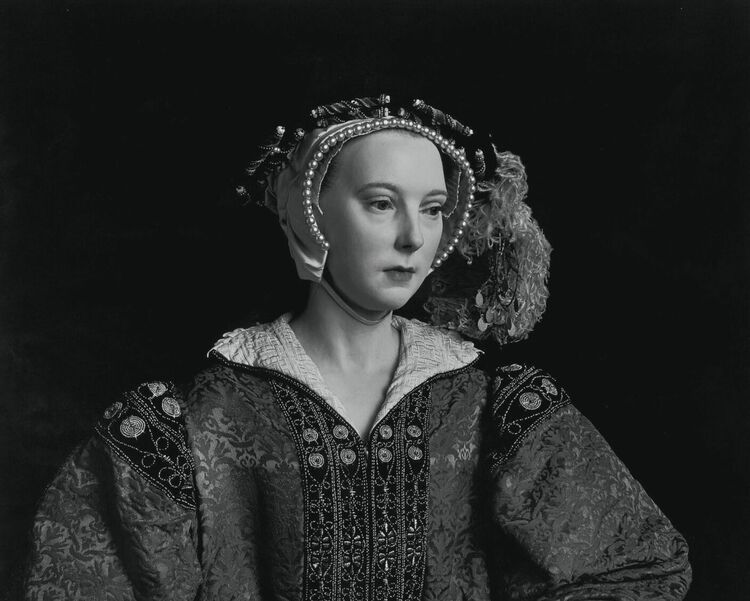
Catherine Parr makes this list for a number of reasons, most notably for her role as Henry VIII’s final wife before his death in 1547. She also gained notoriety for being well-educated and being able to publish books under her own name.
One of the few queens to rise to fame of her own accord, Catherine is known for her published works as well as the public policy changes she attempted to implement while she had influence over the court. Her books involve prayers, lamentations, and spiritual topics that were considered taboo in her time.
Catherine Parr Today
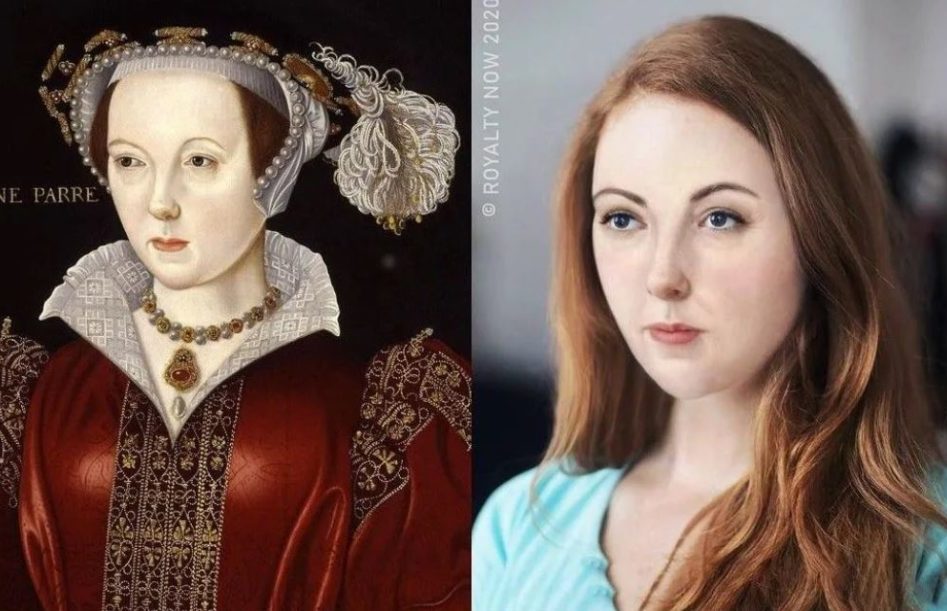
Part of Catherine’s success was due to her strong personality. Catherine did have a calculating side to her as well, taking steps in her personal life to be able to ascend to greatness. She married four times in her life.
She can also be credited for repairing relationships between her husband Henry and his children and raising future heirs to the throne, Mary, Elizabeth, and Edward.
Grace Kelly Historically
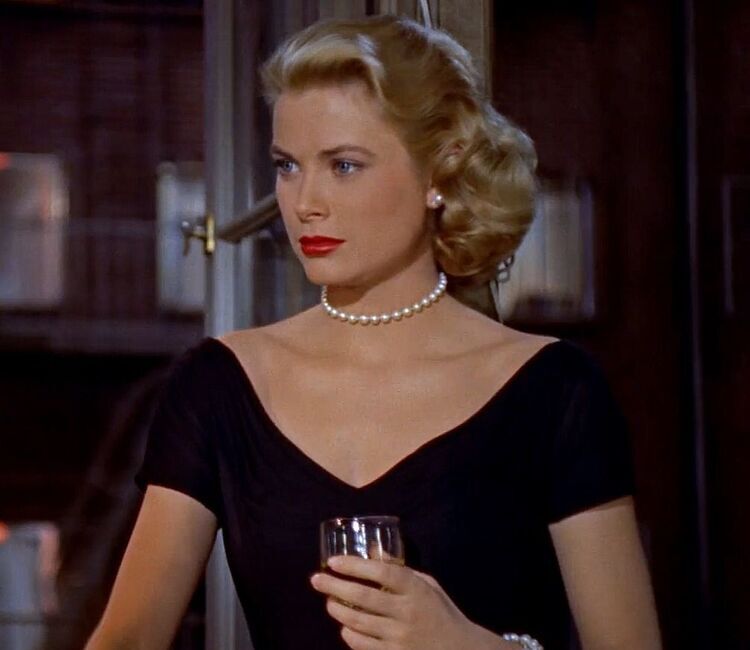
Grace Kelly graced the silver screen in several well-known Hollywood films, including High Noon, Dial M For Murder, and To Catch A Thief. She would have enjoyed many more years of Hollywood success had she not jumped at the opportunity to live a fairy tale lifestyle with husband Prince Rainier III of Monaco.
She retired at the young age of 26 to marry Rainier and began her dutiful role as Princess of Monaco. The couple proceeded to rear three children, Princess Caroline, Prince Albert, and Princess Stephanie.
Grace Kelly Today
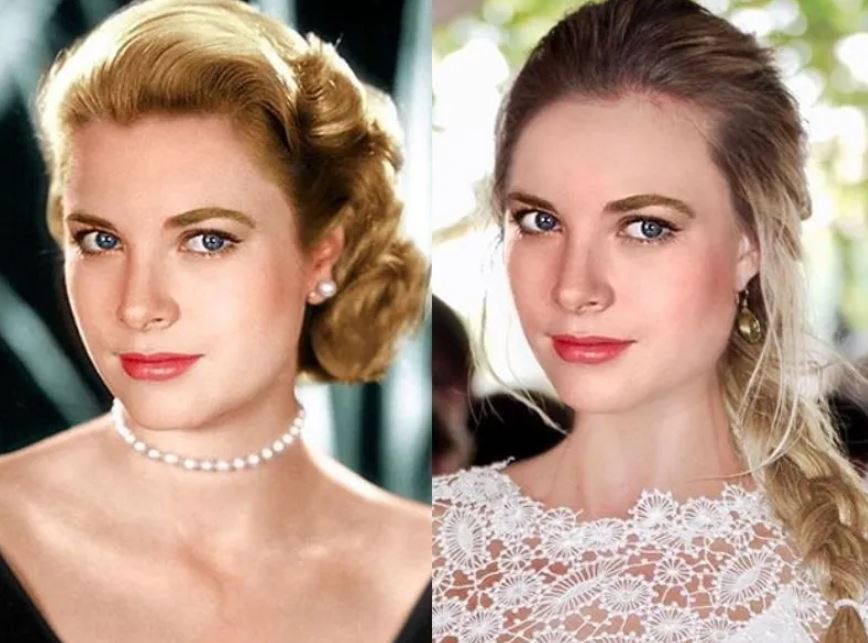
Kelly has always been known for her classic starlet style, and it was seriously amped up after she attained her royal title. It’s unlikely that she could have improved upon her modern-day appearance significantly, as she had hair and makeup at her disposal following her 1956 nuptials.
The Princess of Monaco became the epitome of grace and always looked fabulous. However, it makes us wonder what would it have been like if she had never given up acting and we were able to see her for many more years onscreen.
Aten Historically

Aten, or Akhenaten, was an Egyptian Pharaoh born in 1380 B.C. His reign was seventeen years, lasting from 1353 to 1336 B.C. He ruled with one of the most famous Queens in history, Nefertiti.
Aten and Nefertiti made it their mission to attempt religious reform throughout Egypt, causing much dissension as the people in favor of the old religious ways formed some conspiratorial plots against them.
Aten Today

Aten ushered in an era of sun worship known as Atenism, where the sun god is the sole recipient of all praise and adoration. This was a controversial idea as Egypt was very much into the idea of pantheism, worshipping many gods. He craftily portrayed himself as a son of the “sun,” bestowed with life-giving powers that caused a fearful public to obey without question.
Despite a seemingly normal, pleasant appearance, it is theorized that Aten’s radical ideas resulted in a reputation that he had some think was due to “madness and insanity.” The piercing stare in this artist’s portrayal makes us wonder if his radical policy would’ve been met with more favor given his attractive countenance.
Shaka Zulu Historically
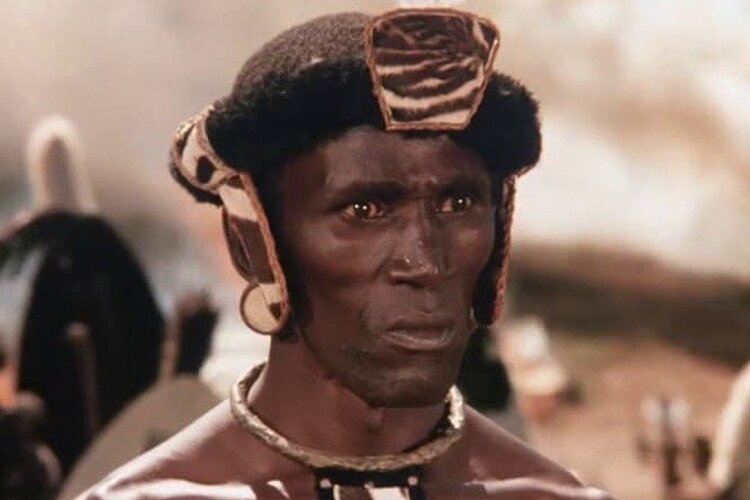
Shaka Zulu rose from humble beginnings as a member of the South African clan of Zulus to become one of the most respected and feared warriors in history. As a young boy, he dreamed of commanding thousands of men in battle, and he vowed to improve his physical strength and fighting skills to lead his clan.
Born the son of Zulu chief Senzangakhona, he was initiated into a fighting unit, serving as a warrior under Dingiswayo. His fighting talents were recognized quickly, and he ascended the ranks to become one of the most powerful warriors in the Zulu clan.
Shaka Zulu Today
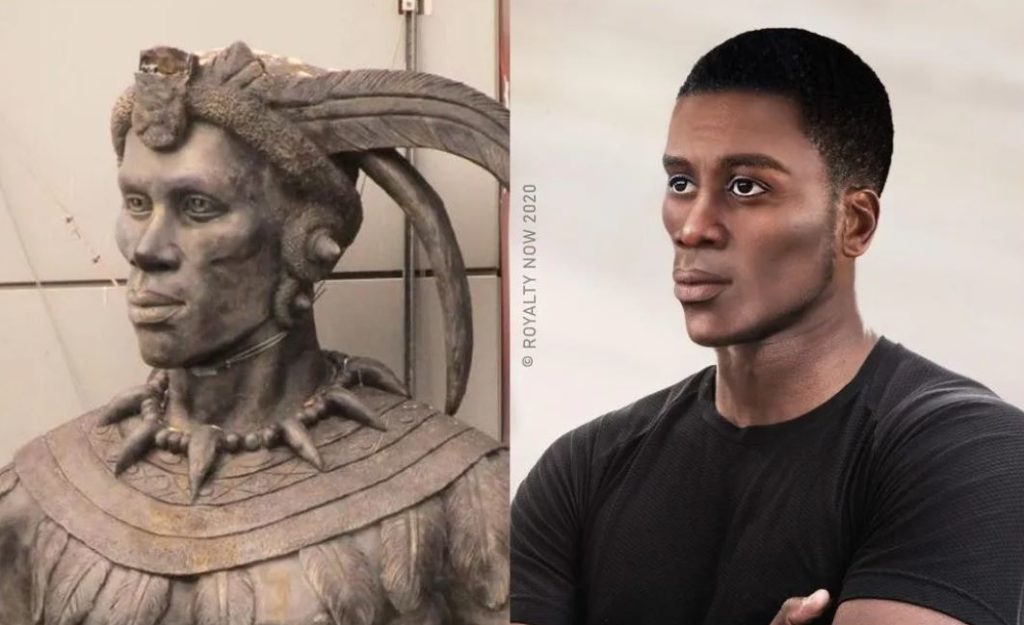
Sadly, Shaka’s rise to fame and glory didn’t last long. After the death of his mother, he slowly declined mentally. Shortly after, his half brothers had him assassinated and buried in an unmarked grave.
His reign coincided with the a period of devastating warfare and chaos in southern Africa that depopulated the region. He was one of the most influential monarchs of the Zulu, whose military genius and intellect could have helped build a historic empire.
King Louis XV Historically
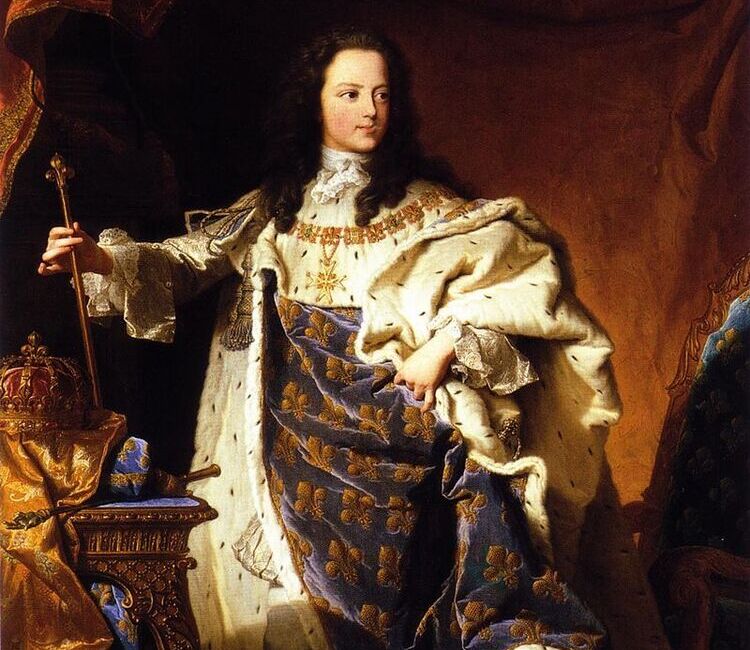
Louis XV was the grandson of King Louis XIV. An heir to the throne at the age of five, most of his family had died prior to his title, so he had little guidance on his roles and responsibilities as ruler of France. Although he was liked his lackadaisical approach to civil affairs led to the decline of French civilization and ultimately, the French Revolution.
His reign of almost 60 years was the second longest in the history of France, outdone only by his predecessor Louis XIV. Historians tend to criticize his reign, citing issues of corruption, deceit, and adultery that permeated the monarchy at the time.
King Louis XV Today

Despite the fact that he’s seen as a passive monarch in early French history, he can be credited for the inception of Le Secret Du Roi, a primitive form of the French secret service that we see in operation today.
Judging from these artistic portrayals, he would fit into any government room with the same air of suaveness and charisma that other government agents possess.
Agrippina The Younger Historically

Agrippina was born with royal Roman blood in her lineage, but that didn’t necessarily ensure the integrity and honesty better befitting of a queen. She was convicted of conspiracy in her teen years after attempting to overthrow her brother Caligula as emperor and was sent to live in exile for several years.
She served as a behind-the-scenes advisor in the affairs of the Roman state. Her powerful political and family ties allowed her to maneuver Nero, her son from an early marriage, into the line of succession for the throne.
Agrippina The Younger Today
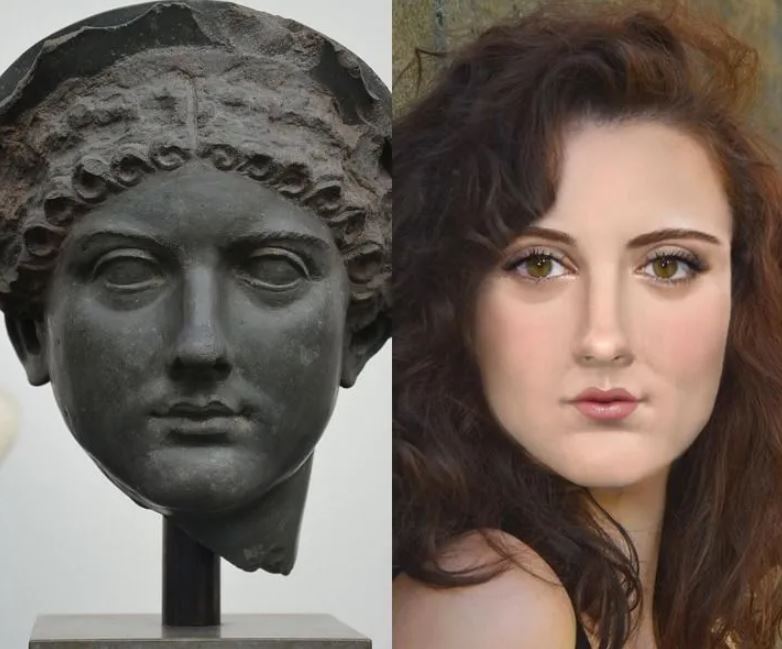
Empress Agrippina was known to be ruthless, ambitious, violent, and domineering. She was also a woman of beauty and reputation.
After a number of attempts to nab the throne through a number of poisonings that she was connected to, her own son, Emperor Nero, ordered her execution. Some historians accuse her of even poisoning her husband.
Prince Albert Historically
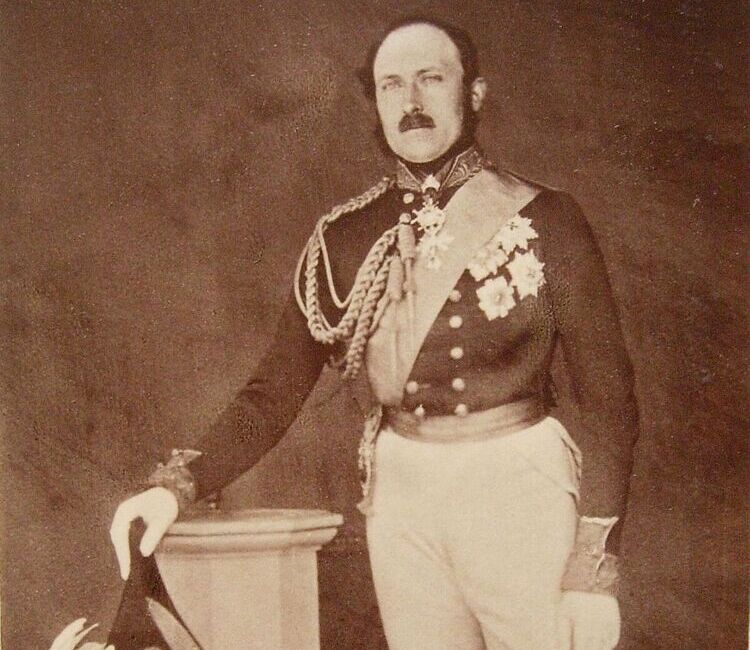
Bavarian-born Prince Albert served as prince consort of Ireland and the United Kingdom upon his marriage to Queen Victoria. The pair together had a prosperous reign, during which they produced nine children and 42 grandchildren.
Although he initially felt constricted in his role as consort, he learned to embrace the influence and power that it did afford him, supporting public causes such as educational reform and abolition. The Queen became more and more dependent on his wise counsel as she stepped into her courtly duties.
Prince Albert Today
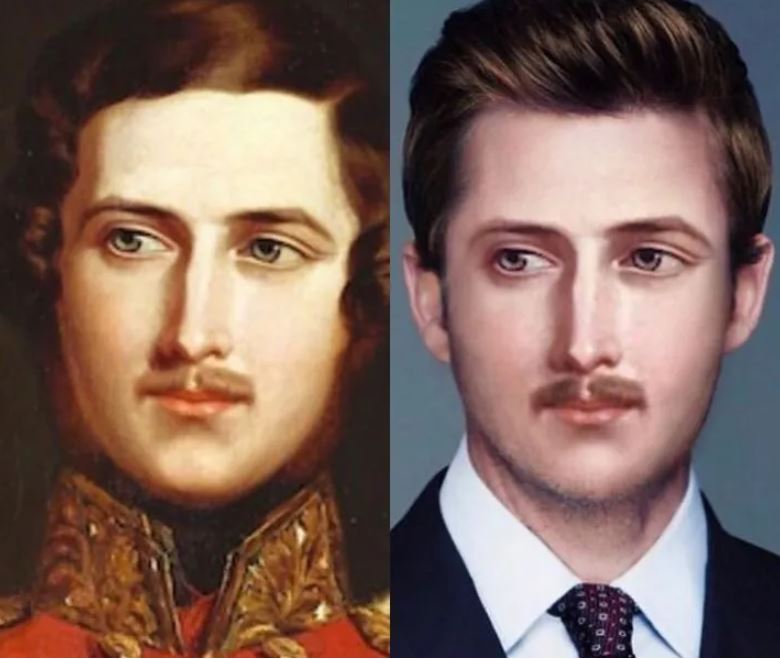
Portraits of Prince Albert paint him as an elegant aristocrat, with a kind demeanor and wisdom that make him worthy of a place in royal history. He died at the young age of 42.
This gentle diplomat was mourned by his wife, Queen Victoria, for nearly forty years after his passing. She was so devastated that she wore black the rest of her life.
Hatshepsut Historically
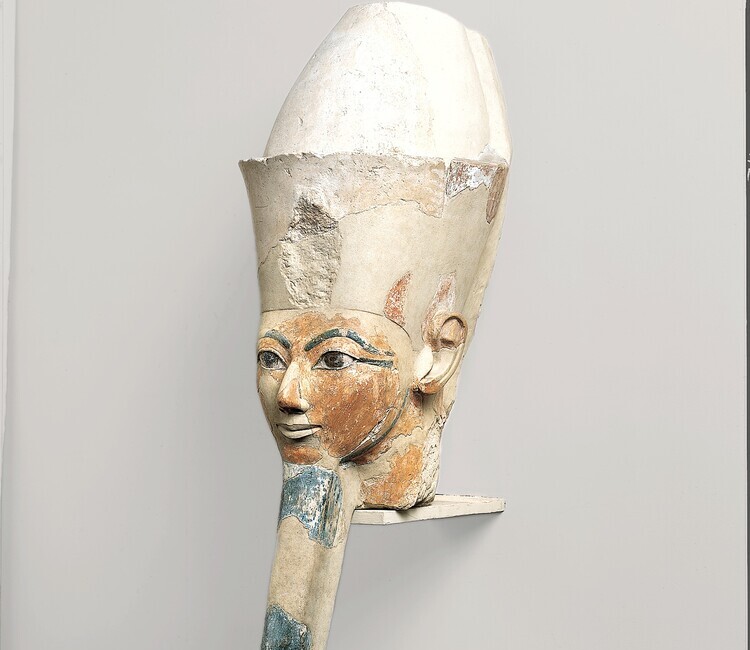
Hatshepsut had some weighty responsibility as Queen of Egypt when she took the throne at the tender age of 12. Upon the death of her half-brother and husband, Thutmose II, she acted as regent for her stepson Thutmose III, later taking on full powers as Pharaoh around 1473 B.C.
With one of the longest-recorded reigns by any female on the Egyptian throne, Hatshepsut held the title for almost 22 years. She is credited with re-establishing trade networks that contributed to the vast wealth of the Eighteenth Dynasty.
Hatshepsut Today
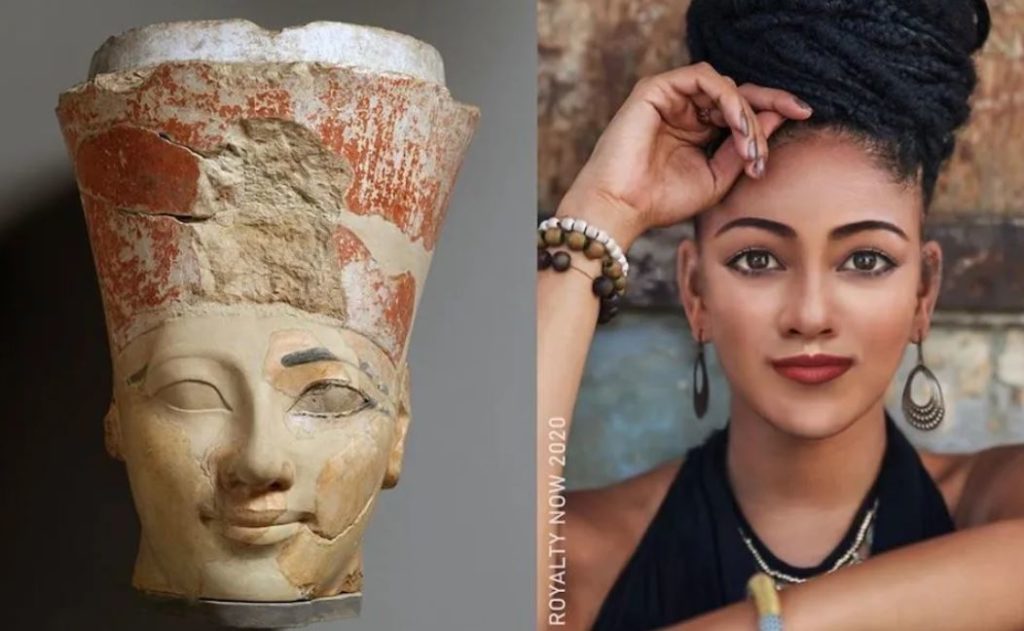
Hatshepsut is officially considered the only woman to have been “historically confirmed” as Queen. With that prominent role, Hatshepsut joins elite company of Nefertiti and Cleopatra as the only three Queens in Egyptian history.
Over the course of 3000 years of Egyptian history, being one of the only three women to rule and exercise feminine wisdom when ruling the land. We can only imagine what she would have been like as a leader in the 21st Century.
Madame de Pompadour Historicalluy

Madame de Pompadour is an infamous member of the French court. She was the official chief mistress of Louis XV from 1745-1751, and she remained influential in political and national affairs as a court favorite until her death.
Pompadour took charge in the king’s court, monitoring the king’s schedule and advising him in all matters both personal and political. She managed to secure titles of nobility for herself, building a solid network of loyal fans and supporters, despite the fact that she never reigned as Queen.
Madame de Pompadour Today
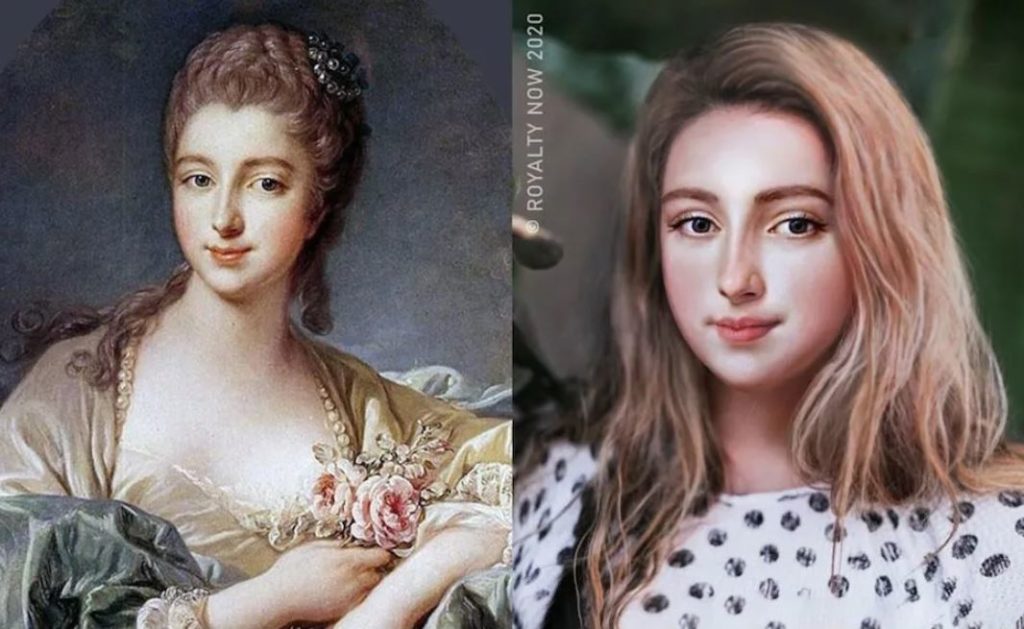
Madame de Pompadour was also known for being incredibly charming and beautiful. These qualities enabled her to take charge over the King’s schedule as chief advisor.
She also possessed the cunning necessary to outsmart her rivals, so it’s no doubt that her sweet gaze and feminine wiles could allow her to ascend the ranks in today’s political scene as well.
Simon Bolivar Historically
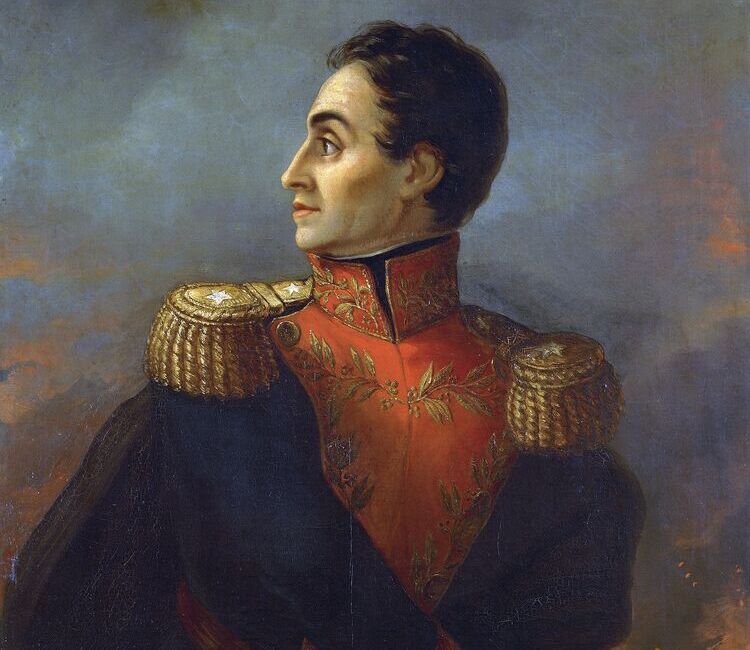
Simon Bolivar was a South American soldier who played an instrumental role in the continent’s revolutions against the notorious Spanish Empire. A wealthy aristocrat himself, Bolivar was sent to Spain for a formal education, where he developed an intense desire to immerse himself in European politics.
Taking advantage of the disorder that existed in Spain prompted by the Peninsular War, Bolivar incited a campaign for independence in 1808. He managed to establish an organized national congress within three years of his inauguration.
Simon Bolivar Today
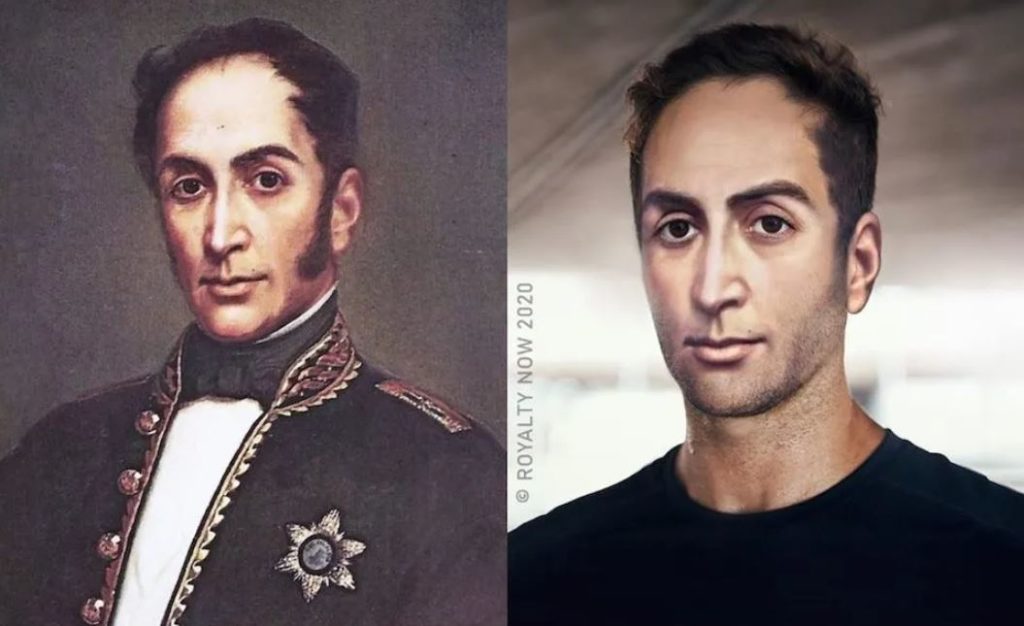
With Spain threatening to dominate most of the Southern Hemisphere, Bolivar took the opportunity to develop and train a large military following that resulted in the emancipation of many South American countries.
His training of these militaries forever changed the geopolitical climate of the South American continent, and helped provide independence to Venezuela, Bolivia, Columbia, Peru, Panama, and Ecuador.
Nzinga Historically

Queen Nzinga was the monarch of the Mbundu, known as a resilient and brave leader who fought against the Portuguese and their slave trade that threatened the people in Central Africa during the late 16th century.
Born into the ruling family of Ndongo, this powerful leader received both political and military training as a child, demonstrating a natural talent for diffusing political crisis.
Nzinga Today
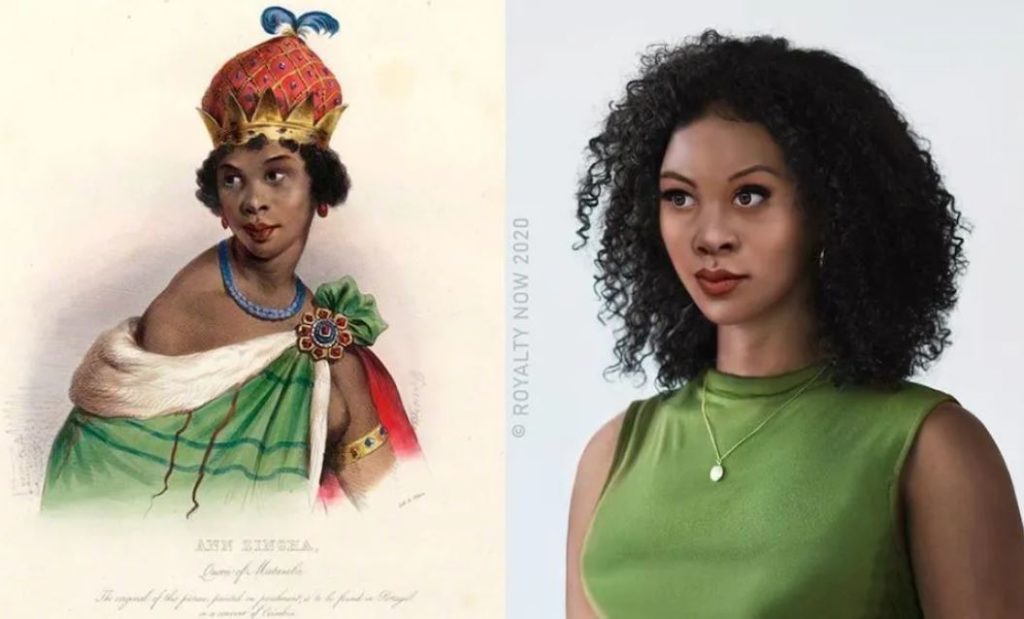
Nzinga is historically remembered as someone who fought valiantly for independence of her country during her 37-year reign. Aside for the bravery, she was also known for her grace, beauty, and highly effective military strategies and tactics.
She very much earned her reputation as a historic warrior queen. She remains a celebrated historic icon in Angola culture even today.
Ingrid Bergman Historically
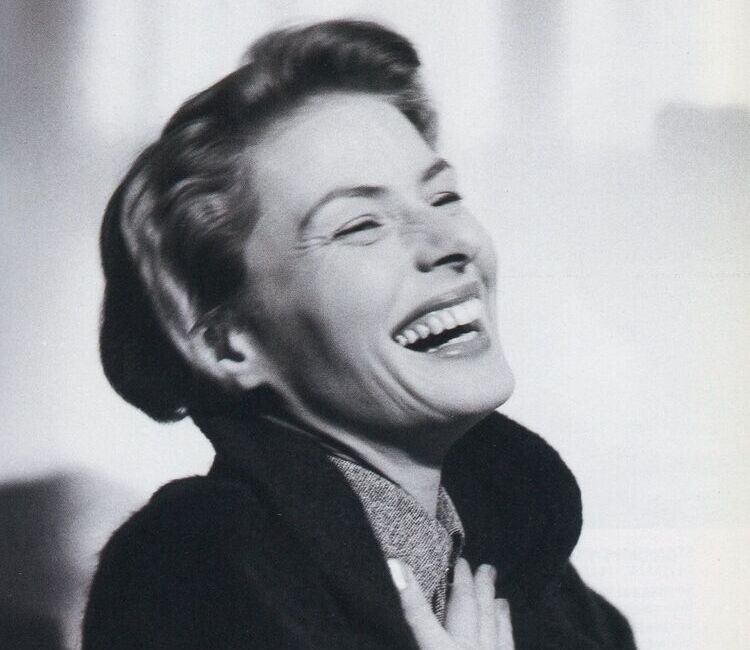
Ingrid Bergman is an internationally renowned Swedish actress known for her superior performances on stage and screen. Her most notable performances include films such as Casablanca, Spellbound, and Murder On The Orient Express.
She began her acting career in Swedish and German films, making her American debut with the remake of Intermezzo. She received an illustrious Academy Award For Best Actress for her work, earning a place for herself among the Hollywood elite.
Ingrid Bergman Today
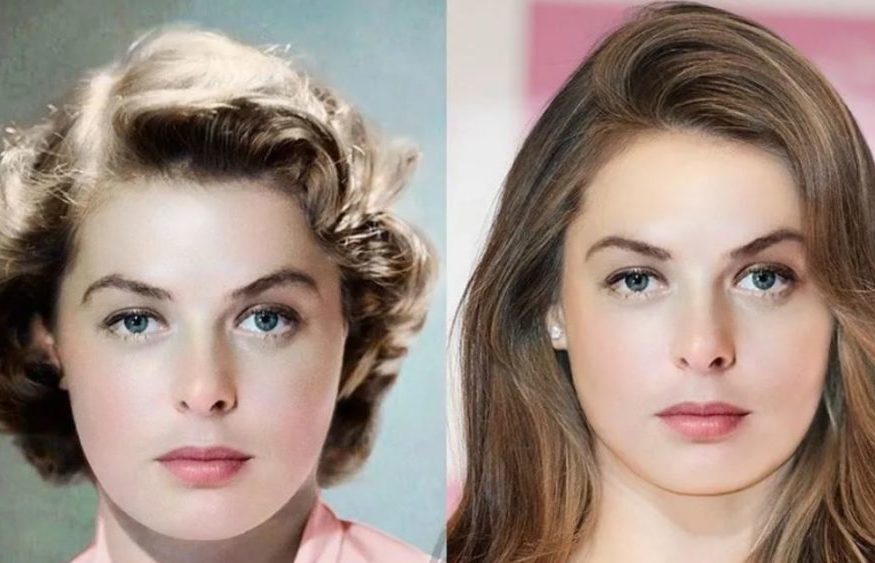
Ingrid Bergman’s career spanned an impressive nearly five decades. She received plenty of accolades and prestige throughout her acting career.
She won three Academy Awards, four Golden Globe Awards, and a Tony Award. Her impressive list of credentials would look as good at today’s award shows, along with her updated countenance.
Catherine The Great Historically
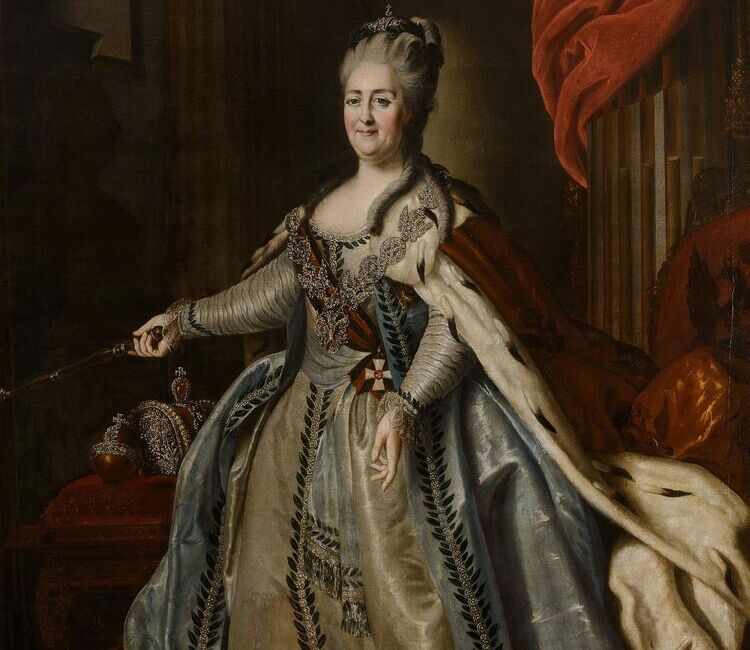
Catherine The Great was Empress of Russia from 1762 through 1796. She had the longest reign of any female Russian leader in history. She is best known for expanding Russia’s borders and implementing peacekeeping efforts with several surrounding countries during her time on the throne.
Catherine ruled during a time when the Russian Empire was rapidly expanding through both conquest and diplomatic efforts. She reformed the administration of Russian governorates and founded several new cities that continued to expand Russian territory.
Catherine The Great Today

The time during her reign, the Catherinian Era, is known as the Golden Age of Russia. She freed Russian nobles from compulsory military service. Though most historians agree on her diplomatic and political accomplishments achieved during her reign, not all were in agreement regarding her appearance. Some artists chose to depict her as fair-skinned with blonde hair. Modern artistic portrayal paints a deeper hue, and we think it compliments her well.
While we just got a glimpse of what historical figures of the past might look like if they were alive today, there are some famous folks that we don’t need to fantasize about, as we have the real, and very rare, photographs…
Charles Darwin
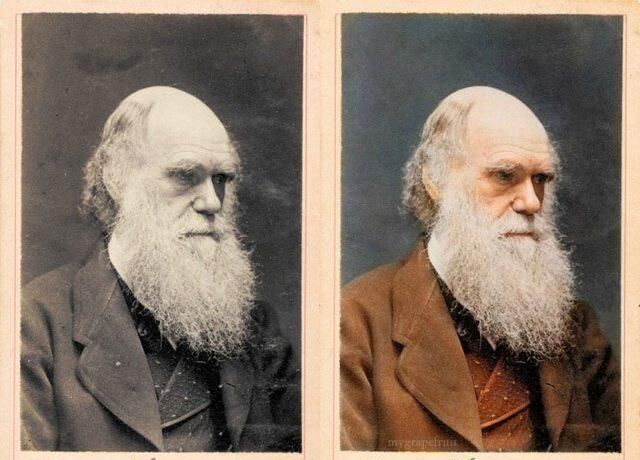
Within and outside the scientific community, few individuals have had as significant an impact on culture— according to Britannica—as English naturalist Charles Darwin. His scientific theory of evolution by natural selection became the foundation of modern evolutionary studies.
“By the time of his death, evolutionary imagery had spread throughout all of science, literature, and politics,” says Britannica. Darwin’s Theory of Evolution By Means of Natural Selection is the unifying theory of the life sciences, providing a coherent explanation for the diversity of life. He’s pictured here in 1874 by Elliott & Fry.
Butch Cassidy
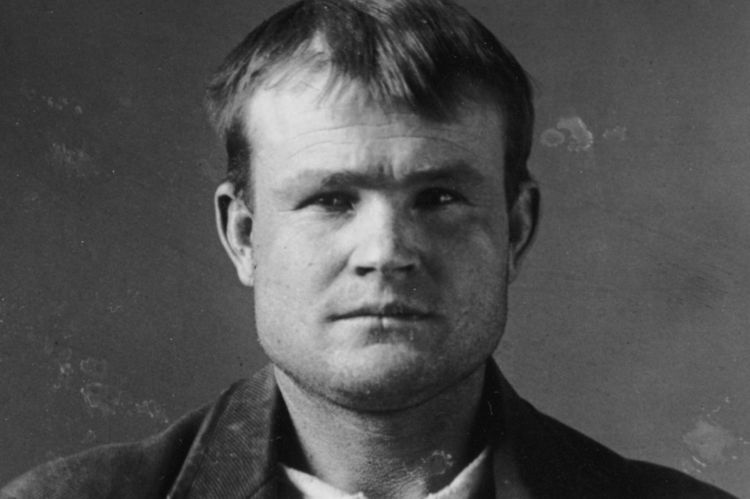
According to Utah State University’s John D. Barton, “Operating around the turn of the century, Cassidy and his partners put together the longest sequence of successful bank and train robberies in the history of the American West.” Robert LeRoy Parker is one of the most notable outlaws in the Old West.
He is better known by his alias, Butch Cassidy. Born on April 13, 1866, in Beaver, Utah, Cassidy was the first of thirteen children. His parents were Mormon pioneers who had migrated west from Circleville, Ohio in search of religious freedom. Cassidy’s criminal career began at the age of eighteen. This photo was taken in 1894.
Emily Dickinson
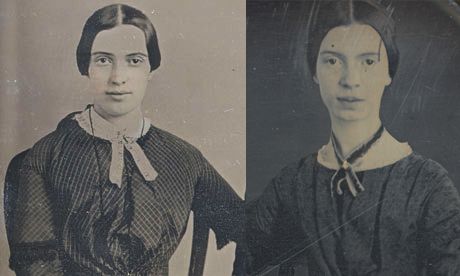
Emily Dickinson was an enigmatic figure who may have suffered from debilitating agoraphobia. While only a handful of her poems were published during her lifetime, she left behind a large body of work and is now considered one of America’s most talented poets.
The daguerreotypes pictured here are from 1859 and are the only authenticated photos of Emily Dickinson. They were gifted to Amherst College in 1956 by Millicent Todd Bingham after being passed down through Wallace Keep and his brother Austin Keep, both of whom received it from Emily’s sister Lavinia.
Vincent van Gogh
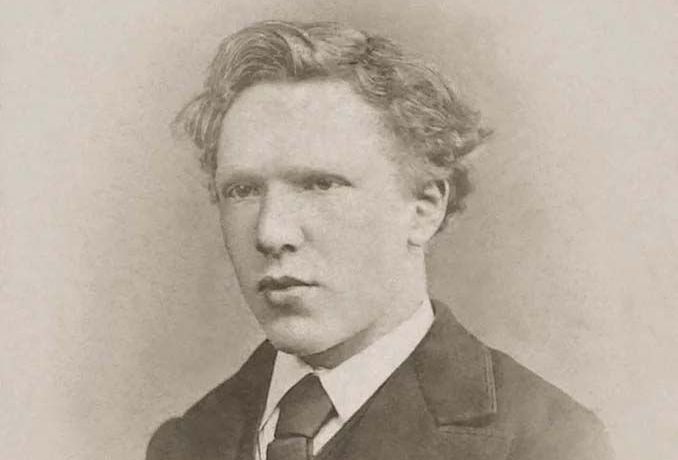
Vincent van Gogh is now considered a visionary post-Impressionist painter, but he saw little success in his lifetime. The artist suffered from mental illness and depression and took his life at the age of 37. Johanna van Gogh-Bonger inherited his paintings after her brother Theo passed away.
According to History, “She made it her mission to help promote van Gogh’s work, in part by loaning it out for various exhibitions.” Thanks to her efforts, Vincent van Gogh’s artworks are now some of the most famous worldwide. This photo was taken in 1873 when van Gogh was 19 years old.
Annie Oakley
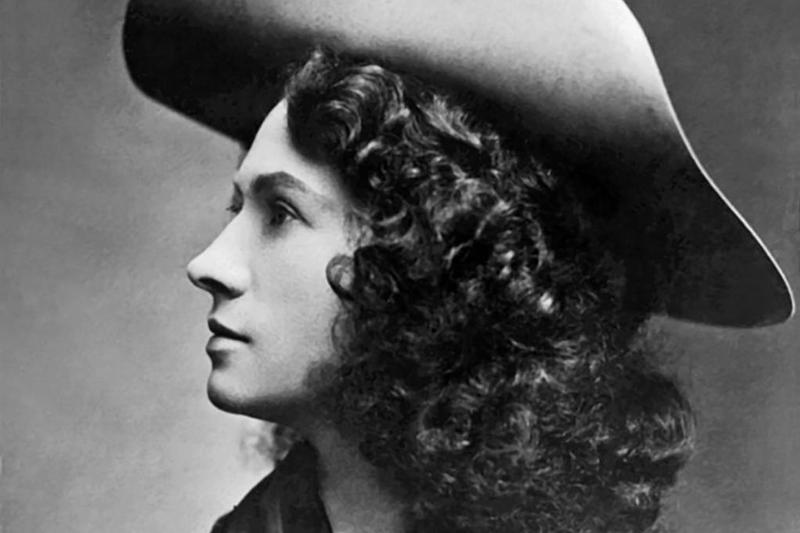
By all accounts, Annie Oakley was a truly remarkable markswoman. She outgunned renowned sharpshooter Frank Butler when she was only 15 years old. Oakley married Butler and worked as his assistant. However, when Oakley’s fame eclipsed that of her husband, he sided with her and became her assistant instead.
Oakley’s shooting prowess gained her much attention while she was part of Buffalo Bill’s Wild West Show. She would shoot glass balls out of the air, play cards, and even knock a cigarette out of Butler’s mouth. Her impressive skills led to nicknames such as “Little Sure Shot” by Chief Sitting Bull. This photo was taken in the early 1900s.
Mark Twain
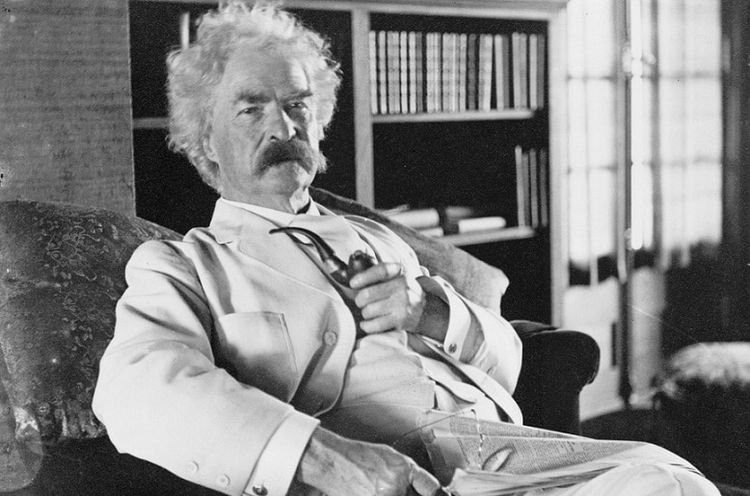
Mark Twain, pictured here in the early 1900s, is one of America’s most celebrated writers. He was born Samuel Clemens in Florida, MO, in 1835. His best-known works are young adult literature, such as The Prince and the Pauper, The Adventures of Tom Sawyer, and The Adventures of Huckleberry Finn.
Twain’s first job was as a typesetter and printer’s apprentice. He left school at age 12 to work full-time. He then became a riverboat pilot on the Mississippi River. During this time, he took on the pen name “Mark Twain,” a nautical term meaning “two fathoms deep.”
General Custer
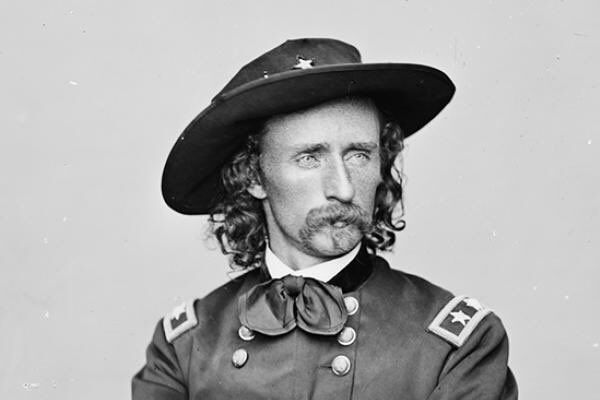
This photo of George Armstrong Custer, taken while he was still a cadet at West Point in the early 1860s, shows off his curly locks and fashionable mustache. Despite being at the bottom of his class, he became famous during the Civil War as a daring cavalry commander.
Though many questioned his leadership capability, Custer was known to be a “theatrical” individual and fighter of Native Americans. The Sand Creek Massacre occurred in 1864 under his watch — mostly against women and children. He is best remembered for his grave defeat at the Battle of Little Bighorn.
Billy The Kid
Henry McCarty, more commonly known as Billy the Kid, was an Old West figure whose legendary status rose above his actual achievements. He was only 21 when he finally met his match against Sheriff Pat Garrett in Fort Sumner, New Mexico.
This photo is only the second known picture of McCarty. It was found by a collector in Fresno, California in 2010, among a pile of pictures inside a cardboard box at a junk store. The tin type shows the ‘outlaw’ during the summer of 1878.
Helen Keller
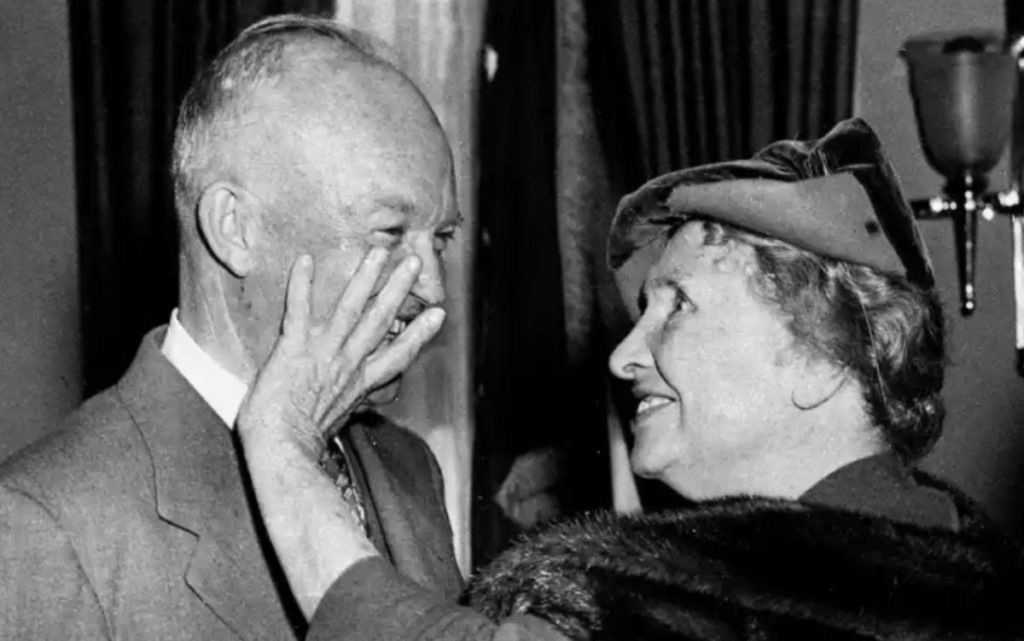
Helen Keller, pictured here with President Eisenhower in 1953, became one of the United States’ most well-known advocates for people with disabilities, women’s suffrage, and labor after losing her sight and hearing at the age of 19 months due to an illness suspected to either be meningitis or scarlet fever.
Keller became famous for both her writing and public speaking. As History records, “She was widely respected globally and invited to the White House by every U.S. president from Grover Cleveland to Lyndon B. Johnson. Keller changed the world’s view of what handicapped people are capable of.”
Robert E. Lee
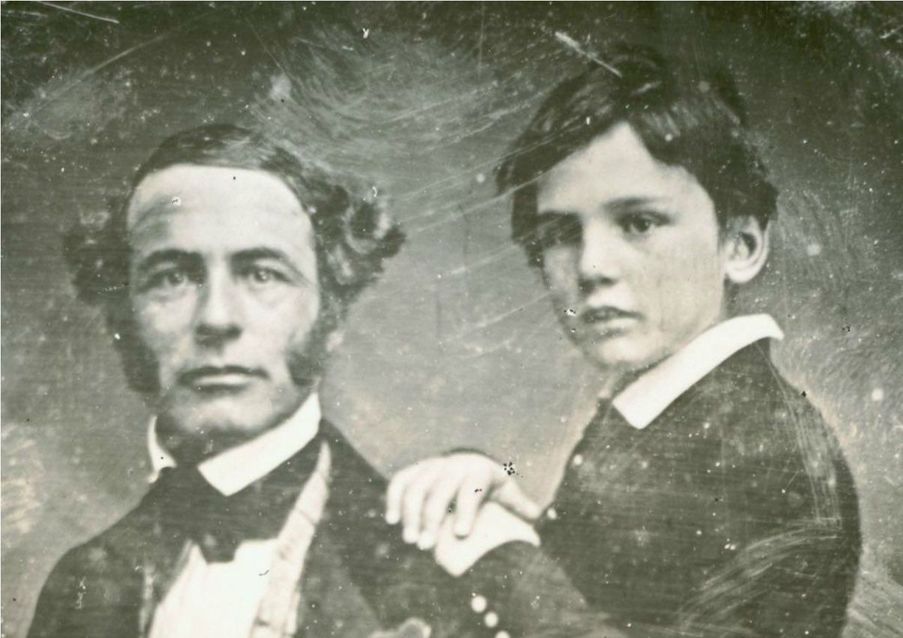
Robert E. Lee was a highly respected general in his day, despite leading the Confederate military during the Civil War. Lee himself was not a secessionist, but he felt it was his duty to defend Virginia after the state decided to leave the Union. During the Civil War, Rooney joined the Confederate cavalry.
Lee became president of Washington College (now Washington and Lee University) in Lexington, Virginia. He is buried at the college, and his statue stands on campus as a symbol of the school’s commitment to reconciliation after the Civil War. This daguerreotype was taken by Michael Miley around 1845.
Buffalo Bill

Frederick Law Cody, pictured here in 1880, was better known as “Buffalo Bill.” He was a genuine frontiersman, Pony Express rider, and the impresario of Buffalo Bill’s Wild West and Congress of Rough Riders of the World. After his performance in The Wild West Show, he became one of the world’s first global celebrities.
Bill’s nickname supposedly originated in 1867, when he agreed to provide buffalo meat for the Eastern Division of the Union Pacific Railroad construction project workers. Although he later became famous for his theatrical performances, accounts claim his marksmanship and riding skills were excellent.
Queen Victoria

Queen Victoria, born in 1819 and died in 1901, was a monarch during Britain’s significant industrial expansion. After her death, it was said that the British empire was so large and widespread that “the sun never set on it.” In her 63-year reign, Britain became the world’s most powerful nation.
Queen Victoria was a very unpopular monarch when she first came to the throne. She was only 18 years old, and many people felt she was too young and inexperienced to rule. However, she quickly proved them wrong and became one of Britain’s most respected and admired monarchs. This photograph of her with her child was taken in 1844.
Wilbur And Orville Wright
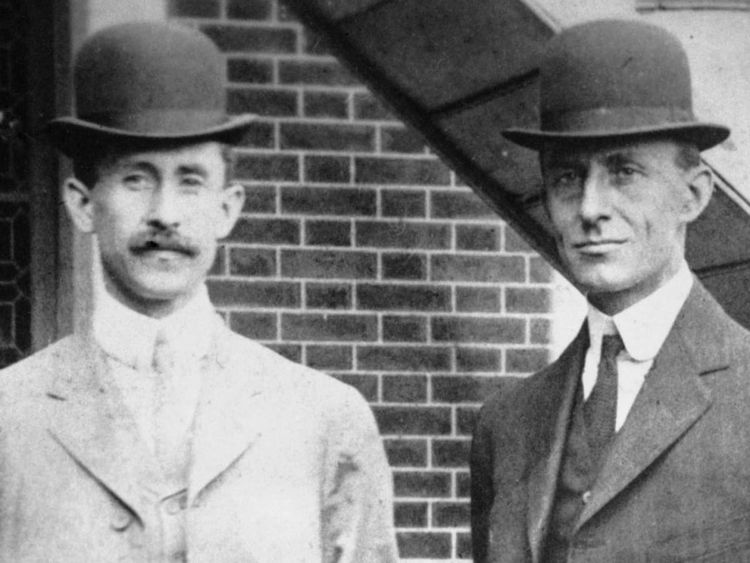
The fathers of modern aviation, Wilbur and Orville Wright were the first to achieve sustained flight with a heavier-than-air craft. Their success occurred on December 17th, 1903 at Kitty Hawk in North Carolina. The brothers had invented three-axis control, which made controlled flight possible.
The Wright brothers were two of seven children born to Milton Wright and Susan Catherine Koerner Wright. Wilbur was born near Millville, Indiana on April 16th, 1867, and Orville in Dayton, Ohio on August 19th, 1871. As boys, they built and flew kites, and built a small steam engine. They are pictured here in the early 1900s.
Frederick Douglass
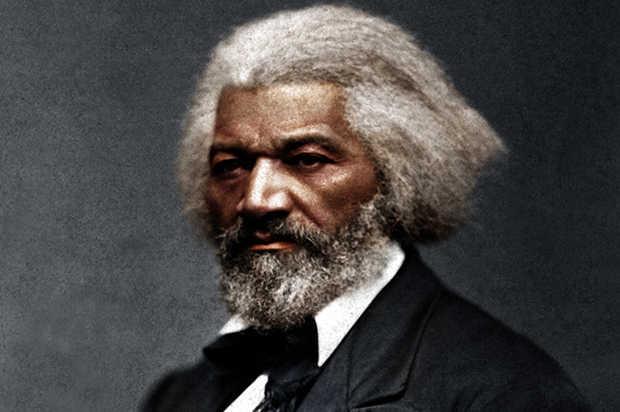
Frederick Douglass was a leading social reformer of his time, having escaped from bondage in Maryland. This daguerreotype was taken by Samuel J. Miller in Akron, Ohio, between 1847 and 1852. In his autobiography, Frederick Douglass detailed his journey from slavery to freedom.
He recounted how he was born into bondage in Talbot County, Maryland, and how he eventually escaped to Pennsylvania. From there, he made his way to New York and then to Massachusetts, where he became involved in the abolitionist movement. He was a highly effective speaker and writer.
Geronimo
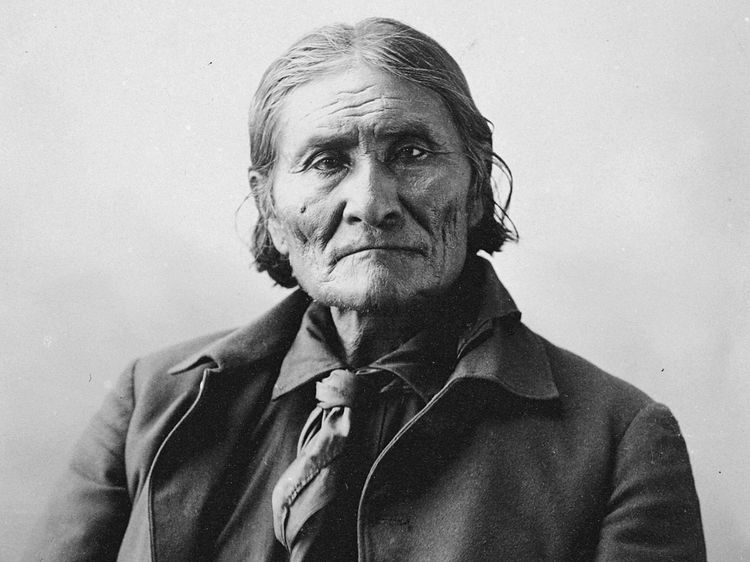
Geronimo, an Apache leader and medicine man, was pursued by one-fourth of the United States’ entire standing army at one time. He was “the last Native American leader to formally surrender to the US military,” according to History, and he spent his final two decades as a POW.
Geronimo was allowed to appear at world fairs and Wild West presentations on a restricted basis, and he appeared at the inauguration of President Theodore Roosevelt. However, when he asked for their return to Arizona, he was refused. He passed away due to complications from pneumonia at the age of 79. This photograph was taken by Frank Rinehart in 1898.
Calamity Jane
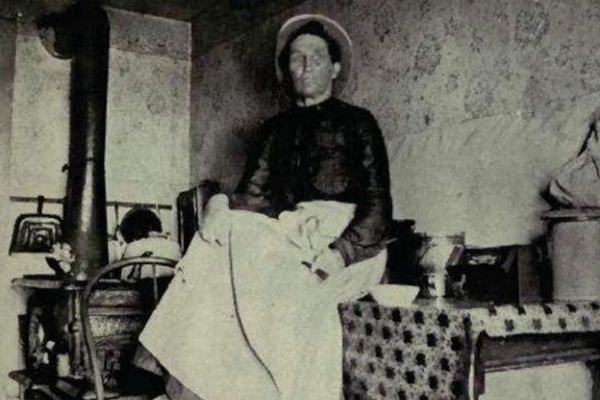
Martha Jane Cannary (1852-1903), more commonly known as Calamity Jane, was an American frontierswoman whose life had been shrouded in tall tales and Wild West legends. This photo, taken near the end of her life in 1901, shows her posed in her kitchen in Livingston, MT.
According to History, “The tales and fabrications about Calamity Jane’s life are so numerous that it is difficult to discover the real story. She worked as a dishwasher at Fort Bridger, a laborer on the Union Pacific Railroad, a scout for General Custer, and a teamster.”
Jesse James
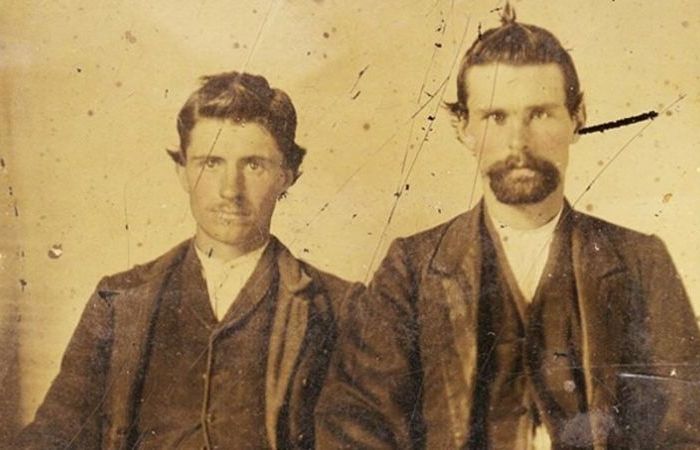
After a Union militia captured him and his stepfather in search of his brother Frank, a Confederate guerrilla, James became involved in the Civil War. His stepfather was put to death, and James joined the Confederacy.
James’ end came courtesy of Bob Ford, a new gang member, pictured here to the left of James in the late 1800s. The Fords were later sentenced to execution but pardoned by the Missouri governor who decided to reenact Jesse James’ death in a traveling show for profit.
Andrew Jackson

Andrew Jackson, pictured here in 1845, was known as the “people’s president.” He was born to a poor family but grew into a wealthy lawyer, war hero, and finally, President of the United States. While he portrayed himself as a champion of the people, his detractors labeled him a dictator.
His mistreatment of Native Americans is atrocious. He ignored Georgia’s seizure of land that was legally granted to the Cherokee by the US Supreme Court—an act that led directly to the Trail of Tears tragedy in which thousands died. This photo is believed to have been taken by Edward Anthony.
Grigori Rasputin
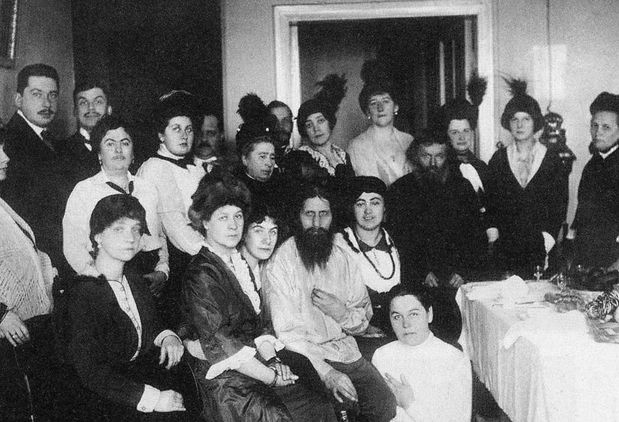
Although it can be difficult to ascertain which aspects of Grigori Rasputin’s life were true and which were embellished, there is no disputing that he was a controversial figure. He was hailed as a mystic by some and feared as the secret power behind the Russian monarchy by others. Rasputin, also known as the Mad Monk, is the main antagonist in the film Anastasia.
He survived several assassination attempts before finally being killed by Prince Feliks Yusupov and a group of conservative conspirators. Rasputin is pictured here in 1907 with his wife Praskovia Dubrovina and eldest daughter Maria while in St. Petersburg surrounded by his followers.
Harriet Tubman
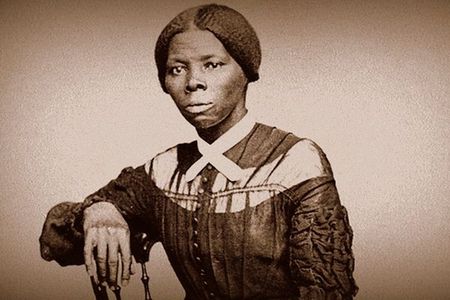
Harriet Tubman, formerly known as Araminta Ross, was an escaped slave, nurse, Union spy, advocate for women’s suffrage, and “conductor” of the Underground Railroad. This photo of her was taken by Benjamin F. Powelson in Auburn, NY. Tubman was born in Dorchester County, Maryland, around 1820.
Her parents were slaves, and she had eight siblings. Tubman married John Tubman, a free man, in 1844. In 1850, she escaped slavery after hearing rumors that she would be sold. Tubman made her way to Pennsylvania, where she found work and started helping other slaves escape. This photograph was taken around 1868.
Martin Van Buren
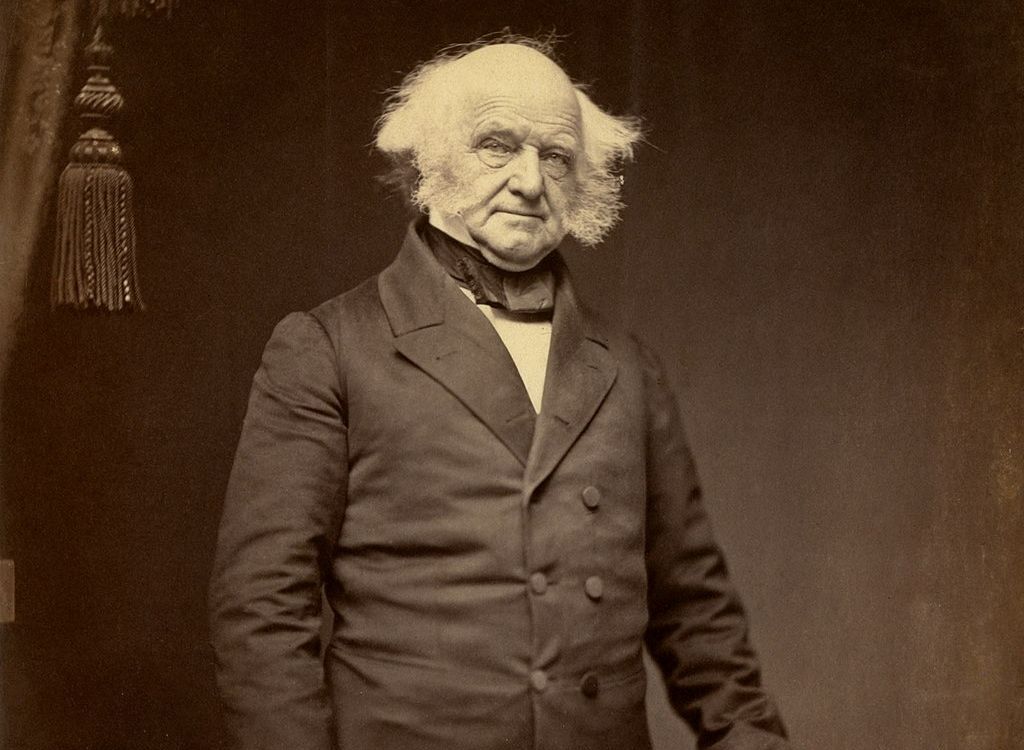
The eighth man to hold the office of President of the United States. The Miller Center describes Van Buren’s legacy as divided, with some scholars judging his presidency as “lacking and troubled” while others find his contributions to developing the American political system “singular and significant.”
The context surrounding the photo is that it was taken during the 1848 presidential election, in which Van Buren ran unsuccessfully for a second term. The election was one of the most contentious in American history, and Van Buren was ultimately defeated by Zachary Taylor.
John Brown
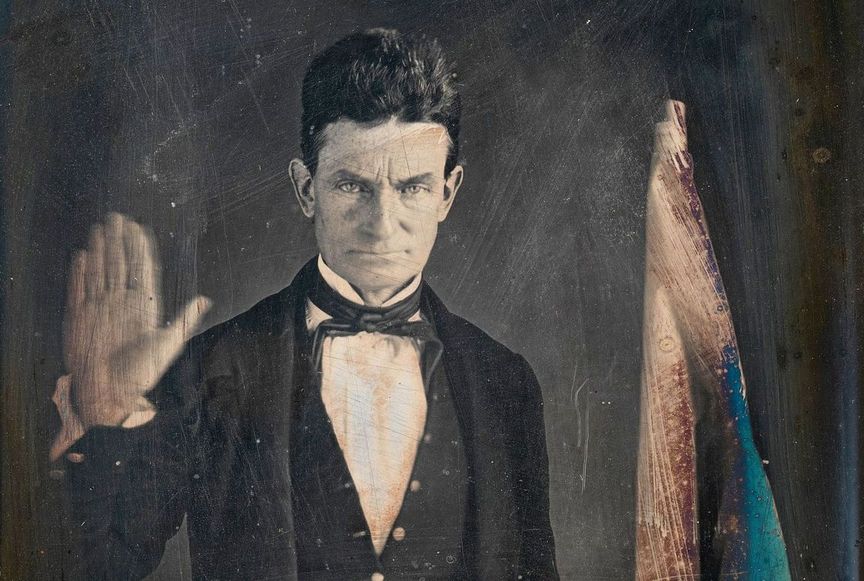
In the United States, John Brown, a prominent abolitionist, strongly opposed slavery. He is most renowned for leading an October 1859 raid on Harpers Ferry in West Virginia, during which he attempted to seize control of the federal arsenal there.
In the years leading up to the Civil War, Brown’s raid on Harpers Ferry was one of the most significant events in increasing tensions between the North and South. While many Northerners saw Brown as a martyr for the cause of abolition, Southerners considered him a terrorist and criminal. This daguerreotype was taken in Hartford, Connecticut in 1846 or 1847.
John Quincy Adams
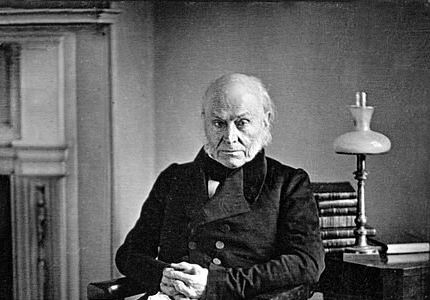
President John Quincy Adams was a farsighted but underrated president. He was the first president not to have been a founding father and the first son of a president to be elected. Additionally, he was the first president to marry a woman born outside of the United States.
Philip Haas, a daguerreotypist from Massachusetts, took this portrait of John Quincy Adams when he was president in 1843. Although Adams was not the first sitting president to have his picture taken, he is the earliest such figure to be documented. Philip Haas took the picture in 1843.
John Chapman, AKA Johnny Appleseed

Many people falsely believe that Johnny Appleseed, pictured here in the 1840s, was a figment of imagination when in reality, he was an actual person. His name was John Chapman, and he was born to a farming family in Leominster, MA. He became famous for planting apple seeds throughout the Midwest.
The apples were not intended for eating; rather, they were meant to be used for making alcoholic cider. As he traveled and met different people, Chapman took advantage of trade opportunities. He was also known for his generosity, giving free seeds to anyone who needed them.
Jefferson Davis

Jefferson Davis, pictured here in 1861, is best known as the President of the Confederate States of America during the American Civil War. Prior to that, he served in various roles, including senator and Secretary of War under President Franklin Pierce. In 1865, he was captured and imprisoned but was never tried for treason.
Had he gone to court, Davis would have been asked to argue whether states had a right to secede from the Union – something he was fully prepared to do. According to the Smithsonian, President Andrew Johnson pardoned all former Confederates on December 25, 1868, so Davis never got tried for treason.
Arthur Wellesley

The Battle of Waterloo fought on July 18, 1815, was the decisive engagement in the Napoleonic Wars and established Lord Arthur Wellesley as Europe’s most renowned hero. After his victory at the Battle of Waterloo, he became known as “the Duke of Wellington.”
From 1828 until 1830, he served as prime minister of Great Britain. The Battle of Waterloo was fought between the French army, led by Napoleon Bonaparte, and the Seventh Coalition, an alliance of British, Prussian, Dutch, and Belgian forces. The battle took place in what is now Belgium. This daguerreotype of Wellesley was taken in 1844.
Abraham Lincoln
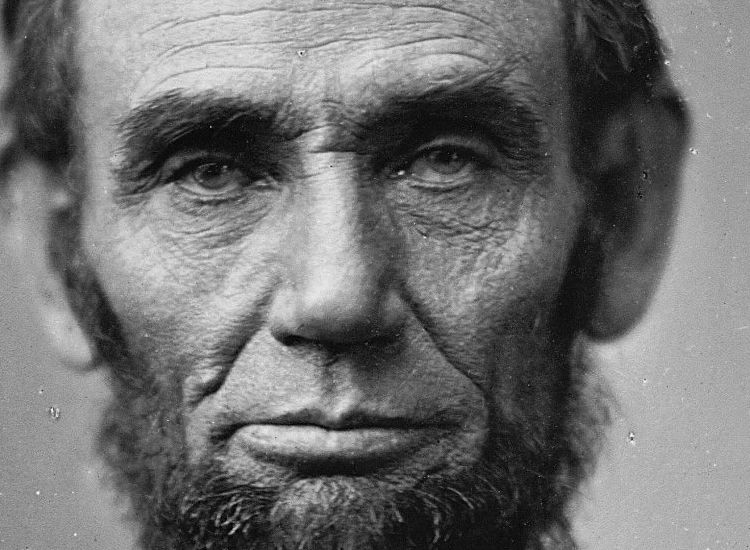
Abraham Lincoln is a widely celebrated figure in American history. He was elected president during the country’s most tumultuous era, presided over its dissolution and reunification, and ended slavery. His accomplishments made him a revered and influential leader in American history.
The Library of Congress reports that this daguerreotype–taken at age 37 when Lincoln was a lawyer on the Illinois frontier and a newly-elected Congressman—is the earliest existing photograph of Abraham Lincoln. This photo was taken by Nicholas H. Shepherd in 1846, as identified by Gibson W. Harris.
Harriet Beecher Stowe
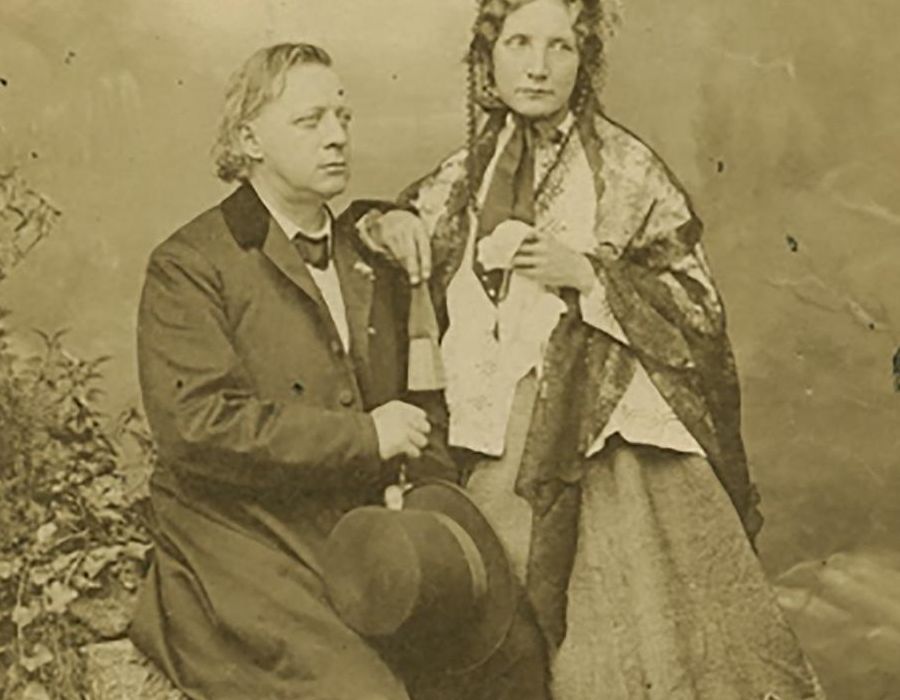
Harriet Beecher Stowe, pictured here with her brother in the 1800s, is an American abolitionist and author. She is best known for her book Uncle Tom’s Cabin, which depicted the suffering of slaves. Stowe was a devout Christian and her book, which condemned slavery as a wrong act, strongly associated it with sin.
Harriet Beecher Stowe was born on June 14, 1811, in Litchfield, Connecticut. She was the seventh child of Roxana and Lyman Beecher. Uncle Tom’s Cabin was the best-selling novel of the 19th century and is credited with helping fuel the anti-slavery movement in the United States.
James K. Polk
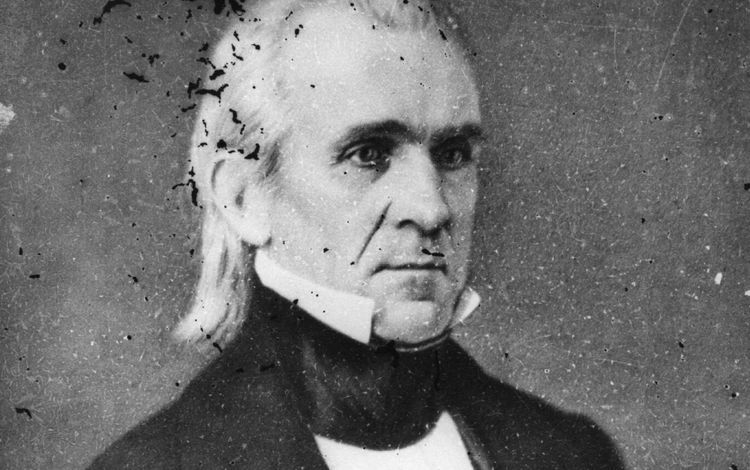
James K. Polk, who was photographed between 1855 and 1865, is regarded as “the most successful president since George Washington in the accomplishment of his goals.” According to the Miller Center, Polk “achieved almost everything he said he wanted to achieve as president and everything he had promised in his party’s platform.”
Polk was a Democratic Party stalwart, and he ran on a platform of Manifest Destiny — the belief that it was America’s destiny to expand its territory from coast to coast. This expansion would bring not only new land but also new economic opportunities.
Daniel F. Bakeman
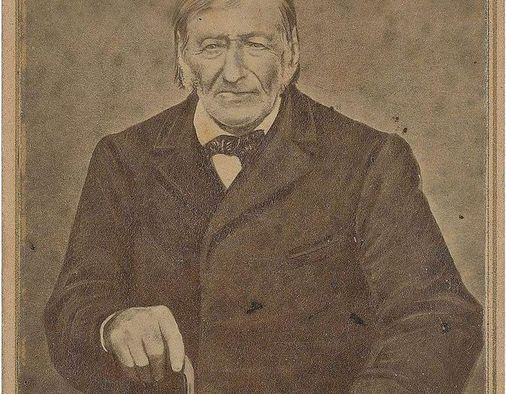
At the time of his death in 1869, Daniel F. Bakeman was believed to be one of the last 14 survivors of the Revolutionary War. He was also the last surviving pensioner of that conflict. Bakeman was born in Schenectady, New York, on May 2, 1759. He enlisted in the Continental Army at 16.
His first assignment was with Colonel Peter Gansevoort’s Regiment of the Albany County Militia. He later served under General Phillip Schuyler in the Northern Department. He was present at the Battles of Saratoga and was with General George Washington at Valley Forge. This picture was taken in 1868.
Robert Cornelius
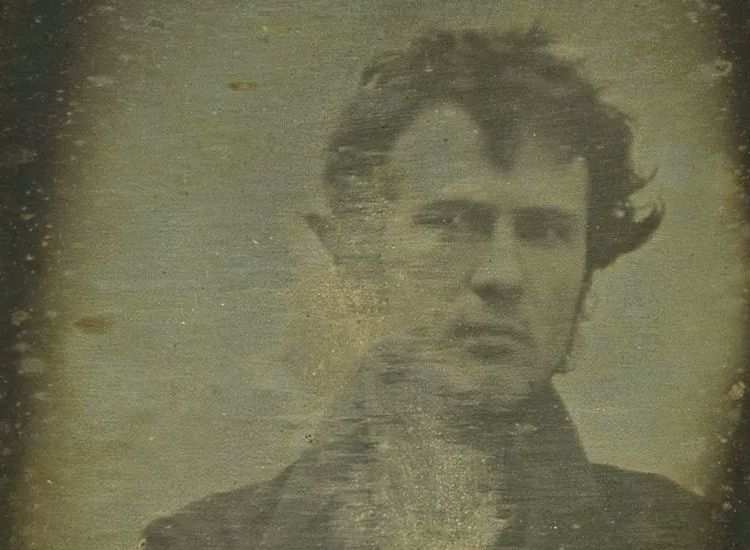
Robert Cornelius’s daguerreotype from 1839 is known as the first “selfie” in history, even though it wasn’t the earliest photograph ever taken or even the first photo to feature human beings.
Cornelius, an amateur chemist, shot this photo in the rear of his family’s store in Philadelphia, PA. “Cornelius took the photograph by removing the lens cap and then running into the frame where he sat for a minute before covering up the lens again,” according to The Public Domain Review.
Wyatt Earp

Wyatt Earp’s reputation as an Old West lawman was established after his involvement in the gunfight at the O.K. Corral. This photo is from around 1868 when Earp was still fairly young. Over time, Wyatt’s adventures became more and more embellished, not just in Hollywood but also by Wyatt himself.
Later on in life, he even consulted on various Western films. His funeral included famous attendees such as Tom Mix, who served as a pallbearer. Wyatt’s final resting place is in Colma, California.
Conrad Heyer
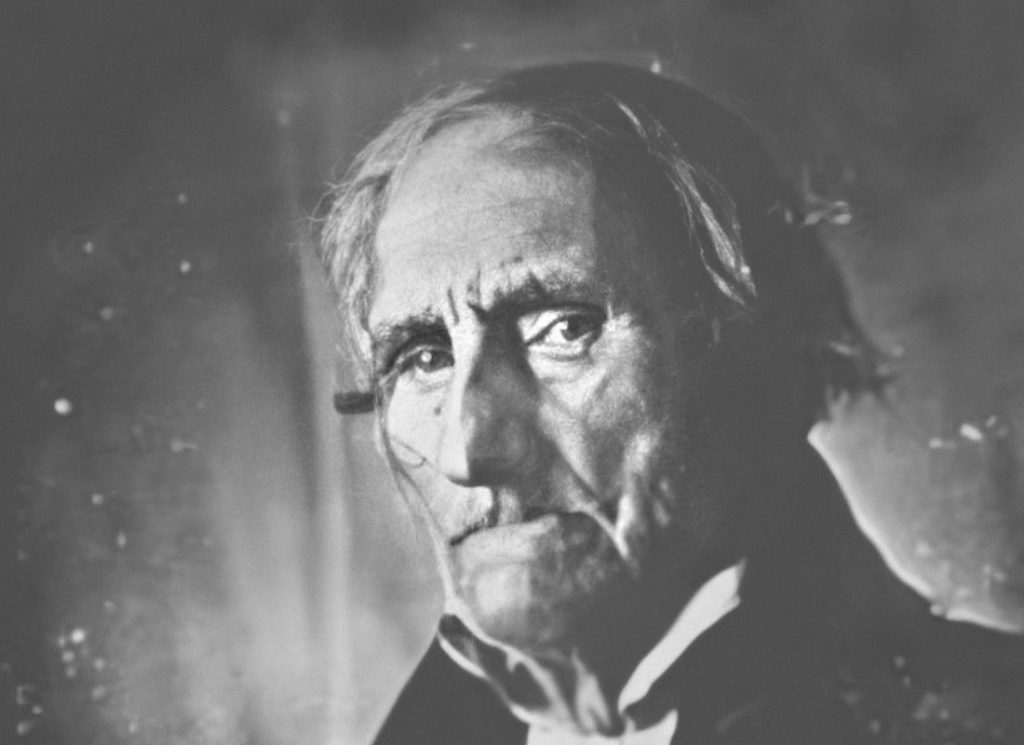
Conrad Heyer, who was born in 1749, served in the American Revolutionary War under General George Washington and is presumed to have been with him during the historic crossing of the Delaware (though this claim has been disputed). It’s thought that Heyer is the world’s oldest person ever photographed.
This daguerreotype was taken at age 103 in 1852. Heyer’s image was popularized in the late 20th century by Dr. John Glenn, who used it in his successful campaign to become the first American to orbit the Earth. Conrad Heyer is believed to have died in 1856 at the age of 107.
Isambard Kingdom Brunel
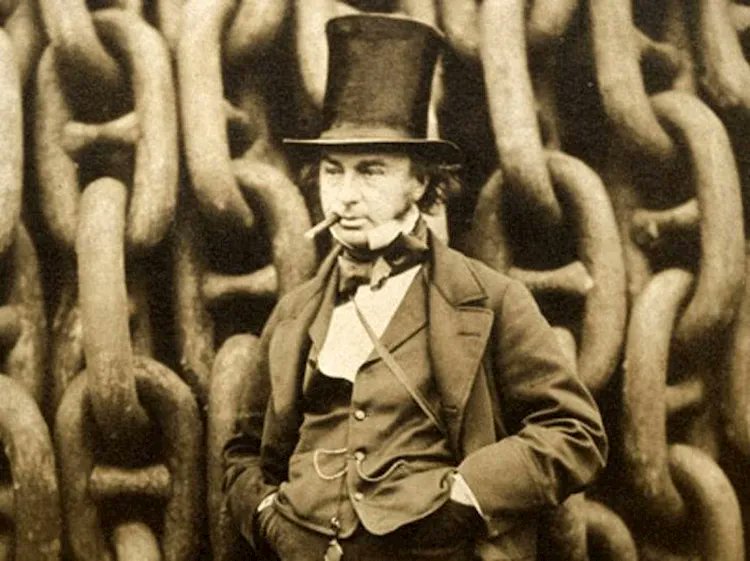
Isambard Kingdom Brunel, pictured here in 1857, was an extraordinary engineer whose projects would change the United Kingdom forever. The Design Museum in London explains that Brunel built dozens of railway lines and over one hundred bridges—including five suspension bridges.
Additionally, he created eight pier and dock systems, three ships, and a prefabricated army field hospital. The Great Eastern, an iron steamship he designed, is seen here in this photograph by Robert Howlett from 1857. It was six times the size of any previously built ship.
Wild Bill Hickok
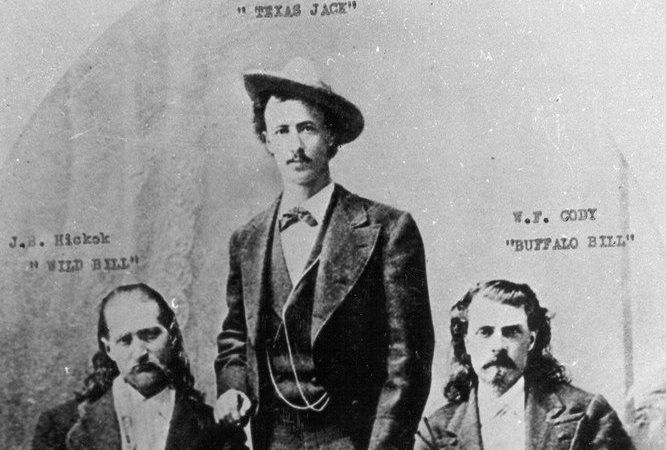
“Wild Bill” Hickock was an American lawman who met a violent end in Deadwood, SD. Heritage Auction site suggests that Hickock may have been blindsided during a poker game by Jack McCall, who was avenging his brother’s death.
This photo of “Wild Bill” Hickock is one of the most iconic images of the American Wild West. The photo was taken sometime in the 1860s, and it shows Hickock with his trademark six guns.
M. Lefebre
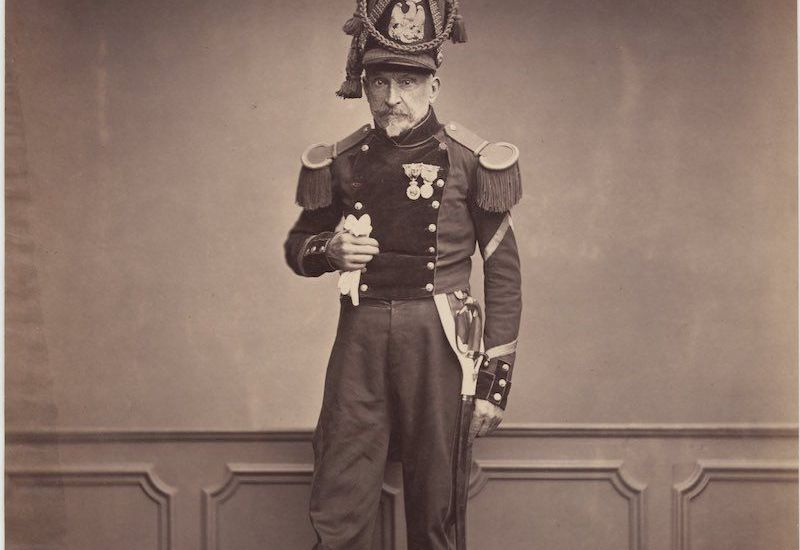
Although we know very little about Monsieur Lefebre, we do have some information about the series of photos that led to this image. The series of photos were taken in Paris, France during the late 1800s.
Lefebre was a well-known figure in the city at the time, and the photographer was likely trying to capture his likeness in a variety of ways. The photos are an interesting glimpse into the life of a famous Parisian during this time period.
Daimyo Shimazu Nariakira
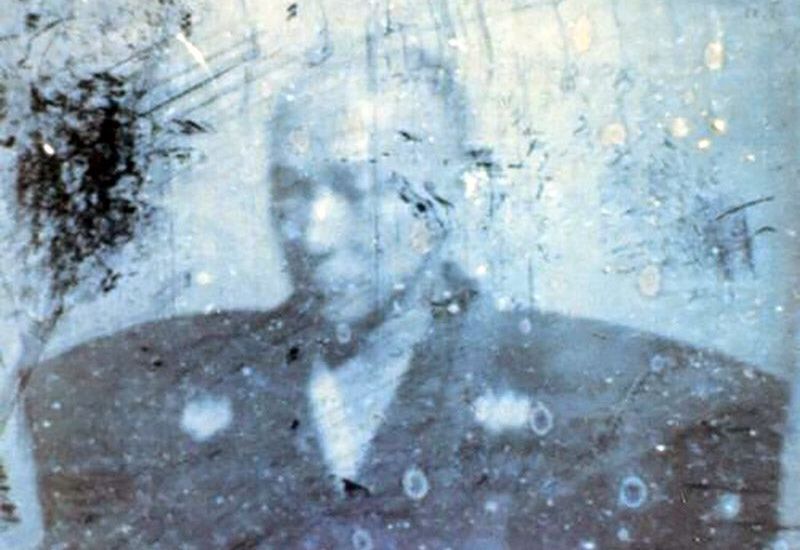
The Dutch merchants who traded in Nagasaki Bay introduced photographic technology to Japan. In 1854, Kawamoto Komin published the first Japanese book on photography, Ensei-Kikijutsu. This daguerreotype of Shimazu Nariakira, the first successful photograph in Japan, was taken in 1857.
Nariakira was a Japanese feudal lord, or “daimyo,” of the Satsuma fiefdom. As Britannica reports, by adopting Western military techniques and armaments, Nariakira helped make Satsuma one of the strongest fiefs in Japan. This helped overthrow the Tokugawa state in 1868.
John Tyler

John Tyler, the Vice President to William Henry Harrison, became the tenth U.S. President when Harrison died suddenly one month into his presidential term. This made Tyler the first VP to become POTUS due to the death of the president, and he was nicknamed “His Accidency” by his critics.
Although Tyler’s administration isn’t regarded highly by presidential historians, there is a fascinating fact connected with the man himself. John Tyler still has one surviving grandchild, Harrison Ruffin Tyler. This photograph was taken in 1861.
John Herschel
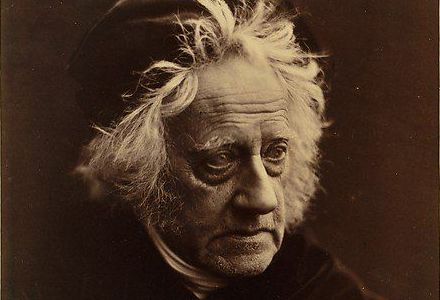
Sir John Frederick William Herschel was an English man who had a huge impact on astronomy. In addition, he played a big role in photography and even helped to popularize the term “photography.” Julia Margaret Cameron took Herchel’s portrait in 1867.
Herschel discovered over 800 nebulae and star clusters and laid the foundation for modern stellar classification. “Since my early girlhood, I had revered and loved him, and it was after a 31-year friendship that the great duty of immortalizing him through a portrait was assigned to me,” wrote Cameron.
Franklin Pierce

The National Constitution Center strives to give Franklin Pierce (1804-1869) a fair chance by noting that he had “a trying term as President.” Unfortunately, the nicest things said about Franklin Pierce are that he was good-looking and wished to improve his second term. ‘
Pierce, who was rejected for a second term by his party, was a Northerner who backed slavery and signed the Kansas-Nebraska Act of 1854, which overturned a prohibition against slavery in territories north of 36 degrees latitude. He proved to be a critic of Lincoln throughout his term in office. This photograph of Pierce was taken in 1899.
Continuing with the theme of rare but real photos, the following real photos managed to capture a true side of history that most people have never seen…
The Titanic’s Staircase Before And After The Accident

That legendary Titanic boasted an impressive staircase as one of its standout features. Sadly, there are no known photographs of the staircase.
Thanks to the existence of the RMS Olympic, an almost identical ship of the same era that sailed until 1935, we can get a pretty close picture of what the staircase must’ve looked like before the crash.
The Stewardess Who Survived The Sinking Of Two Ships

Chances are her name doesn’t ring a bell, but Argentine stewardess and nurse Violet Jessop achieved a miraculous feat that no one else in human history could repeat.
She witnessed and survived the sinking of both the RMS Olympic and the Titanic, which took place in 1911 and 1912, respectively. She helped passengers get into lifeboats and rescued children during both events.
Norma Jean Dougherty

This was Norma Jean Dougherty, a young girl posing for a photo in 1943. Little did she know that she would become one of the biggest stars in the world a few years after this photo was taken.
This girl went on to become Marilyn Monroe. She started out as a model and slowly made her way into Hollywood. The rest is history.
Young Johnny Carson

Johnny Carson is regarded as one of the greatest late-night talk show hosts of all time. He built The Tonight Show and hosted it for an impressive 30 years.
It’s hard to imagine that he once was a young kid with big dreams. Here he was at age 15 in 1940. Little did he know he would become a huge star in the future.
Amelia Earhart

Amelia Earhart was a pioneer in the aviation world. She was the first woman to fly solo across the Atlantic Ocean and was afraid of nothing.
This is one of the last photos taken of her before she disappeared. As you can see, she was extremely stylish, especially at the time.
The Aqua-Trail Houseboat, 1959

After World War II ended, America’s consumerism skyrocketed. All sorts of products were mass-produced, and technology started advancing quickly.
The Aqua-Trail houseboat was the first attempt at a camping trailer that could turn into a houseboat. Only 32 were made, and if you manage to find one, you can buy it now for millions of dollars.
Civil War Veteran, 1863

There are many injuries that humans are prepared to survive, but a shot in the head isn’t among them. The chances of survival are extremely small, and in the 1800s, they were even smaller.
Jacob Miller defied all odds when he survived a shot in the forehead during the Civil War. He also sustained a number of other injuries but made a full recovery.
Sammy Davis Jr. & Clint Eastwood

This rare photograph shows Sammy Davis Jr. with a young Clint Eastwood backstage at the Sands Hotel after Davis’ concert in 1959. Back then, Eastwood’s career was just getting started.
What did these two legends have in common? Apparently, they were both gun lovers. The two were photographed while admiring a revolver.
Model Posing For Billboard Painters

Nowadays, we see billboards everywhere. They’re easy to set up, and they seem to change every couple of weeks. Back in 1947, however, everything was different.
Billboards were actually hand-painted by painters, who would have to risk their lives to get to that height. Models would sometimes be used too.
Bob Ross In The Air Force

If we didn’t have the side-by-side pictures, it would be almost impossible to recognize Bob Ross on the left. We are all so used to seeing him with his big hair and long beard!
In his younger years, Ross was a master sergeant. Instead of spreading joy on television, he served in the air force for 20 years. He left to pursue his passion for painting.
Abraham Lincoln & His Son

This was a very rare moment for President Abraham Lincoln, as he would usually be photographed with other powerful politicians or Heads of State.
Here, we see him joyfully posing for a picture with his son, Tad, who’s striking a very stylish pose. Ten weeks after this photo was taken, Lincoln was assassinated.
Priests Mingle With Hippies

When we think of a hippie festival, the last thing on our minds is a group of priests in attendance. And yet, these priests joined the Glastonbury festival in 1971.
However, they weren’t there to enjoy the music but to spread the word of Jesus to the attendees, who could not care less. The result was this amazing picture showing the contrast between two very different worlds.
A Geisha Without Makeup, 1905

This photograph looks quite modern, and if it weren’t in black and white, one would think it was taken just a few years ago. However, this photograph was taken over 100 years ago.
It shows a Geisha without traditional makeup and with her hair down, which was an extremely rare sight. These women were never seen or photographed like this.
Young Couple Near The Waterhen River

This beautiful picture shows a young couple in love posing near the Waterhen River in Saskatchewan, Canada, in 1931.
The two natives were not afraid to pose for Paul Coze, the photographer, which was very rare. Normally, native people were very reserved, as they were heavily discriminated against by the Caucasian population.
Marilyn Monroe As Theda Bara, 1958

Marilyn Monroe is unrecognizable in this photograph, albeit beautiful as ever. As the biggest sex symbol of her time, she paid tribute to the woman who came a few decades before her.
That woman was Theda Bara, a silent film actress nicknamed ‘The Vamp’ because of her sexual and exotic energy. Here, Monroe recreated Bara’s iconic look like Cleopatra.
Dinner Party At The Hotel Astor In 1904

Hotel Astor was one of the most expensive and refined hotels in New York City. You would only find very wealthy people staying there, and a room would cost a fortune.
This photo was taken in 1904, a few months after the hotel had opened. It shows a fabulous dinner party where all the men sat at one table while the women sat all the way in the back.
Little Jewish Boy

This little boy was Istvan Reiner, a Jewish boy that lived in a ghetto in Hungary. He was just four years old when this picture was taken, and he was smiling because he had no idea what was actually happening around him.
As you can see, he was wearing the striped uniform that people in concentration camps were forced to wear. This photo was taken just before he was sent to Auschwitz.
The Three Stooges At Yellowstone, 1969

The Three Stooges was a comedy team that was active from 1922 until 1970. Moe Howard, Larry Fine, and “Curly Joe” DeRita made history in the comedy world, and their biggest goal in life was to make people laugh.
In 1969, the group visited Yellowstone and posed for this photo with three park rangers. They were there to film a pilot for a new series, but sadly, Fine suffered a stroke a few weeks later and had to retire.
Police Officer Guarding A Pharmacy During A Flood

The last thing one would think to do during a massive flood would be to stay at their post, but this police officer took his job extremely seriously. In 1974, a deadly flood struck Cambridge, Ontario, and people were up to the waist in water.
Constable John Shuttleworth, the man in the picture, was sent to protect this pharmacy from looters, who were stealing everything they could from shops in the area. Seeing him standing there with so much commitment is impressive.
Princess Diana & Prince Harry

It is no wonder that Princess Diana was known as The People’s Princess, given that she always behaved in a kind, sweet, and compassionate way.
This photo of Diana cradling her youngest son, Prince Harry, is one of the best photographs of the royal ever taken. Unlike other royals, she was not afraid to show affection to her children in public.
An Eccentric Look From 1895

Fashion trends have existed since the dawn of time, and people have followed them blindly every single time, regardless of how ridiculous they may end up looking.
This photo is a prime example of this phenomenon. A man was photographed in 1895 with a hair-and-beard combo resembling the shape of the moon. Should this look make a comeback?
Family Reunion

World War II was a devastating war that took the lives of millions of people in several countries. Given the number of casualties, most people expected their loved ones to perish rather than come home.
This Russian soldier was photographed as he was reunited with his sisters, who thought he was killed in action. The soldier also thought his sisters had died since he hadn’t heard from them in months.
Dolly Parton And Mick Jagger

Dolly Parton and Mick Jagger need no introduction, as both are two of the biggest musicians in the world. Seeing them together, however, is pretty rare since they make very different music.
The country legend and the rockstar posed together for a picture backstage at New York’s Bottom Line in 1977, and you can just tell that the two shared a beautiful friendship.
A Very Upset Patient

Many children and even adults are afraid of the dentist because of how painful a consultation can be. This young patient, who seems to have just had a procedure done given their bandaged head, was not happy with the dentist’s service.
Although vandalizing the wall with the word liar is not the healthiest approach, the dentist should have never put up that sign. It’s a bald-faced lie!
A Young Don Knotts

Before he became a famous comedian, Don Knotts struggled to find success. His first attempt at comedy came as a ventriloquist, and his dummy was named Danny “Hooch” Matador.
After a while, he felt trapped in the ventriloquist act and felt that he could not move forward with his career if he kept doing the same thing. His manager did not want him to give it up, so he lied and told him that he had lost the dummy. In reality, he threw it overboard while on a ship. Strangely, he confessed to a friend that he heard the dummy cry for help.
Female Fighters, 1895

Women were historically forbidden to join the army, but there have been a few examples of defiant ladies who decided to take up arms anyway, even if that would bring them negative consequences.
These Armenian women posed for a photograph during the Hamidian Massacres of 1895, where the Turkish killed thousands of Armenians. These women were ready to defend their country.
Lisa Fonssagrives On The Eiffel Tower, 1939

People who are afraid of heights might be terrified to look at this picture, especially after learning that it is 100% real. Lisa Fonssagrives fearlessly posed while hanging from the Eiffel Tower in 1939 and did so beautifully.
The beautiful Fonssagrives did this photoshoot for Vogue without any kind of security measure in place. Luckily, she was unharmed, and the pictures made history.
John F. Kennedy Campaigning Door-to-door In West Virginia, 1960

We’ve all seen politicians campaigning on newspapers, television, and nowadays, on the internet, but John F. Kennedy went all out and actually did it door to door.
During the Democratic Primary for the 1960 Presidential race, Kennedy realized that the people of West Virginia weren’t very fond of him because he was a Roman Catholic. So, he decided to fly there and actually talk to the citizens eye to eye. This made him win in the state.
Steve McQueen’s Mugshot, 1972

Getting arrested is not cool and should never be something to emulate, but Steve McQueen’s mugshot became iconic because of how smug and confident he looked. He smiled and threw a peace sign as if he didn’t care he was getting arrested.
McQueen was known as the coolest man in Hollywood and usually played the antihero in movies. People either wanted to be him or with him.
Hopi Girl Smiling, 1912

The Hopi tribe is native to Arizona. Its society has been preserved all these years due to the fact that they are a closed community and do not marry outside of the tribe.
In 1912, however, this girl very kindly agreed to pose for a photograph. She is wearing a hairstyle known as the squash blossom, which indicates that she is of marrying age.

